Hello, I am Jinta from Japan. I visited Manila, Philippines, in March 2023 with my son. So I would like to share my memories of the trip for your information.
This time, I travelled alone with my eldest son (12 years old). We wanted to go to the Philippines because we had many opportunities to talk about the Philippines in online English school. Airline tickets are still expensive due to the global situation, but I did not want to miss this chance when my son graduated from elementary school.
We were lucky enough to meet some local friends and they supported us on our journey, making ours a very enjoyable and memorable experience. We are very grateful for their consideration.
Days 1 and 4 were mostly spent on the move, so we were able to do any real sightseeing on days 2 and 3. Before we went, there were more places we wanted to visit, but the heat in Manila should not be underestimated. Planning a long walk outside may not be suitable for those who are not used to the heat. I felt it was safer to plan an itinerary that allowed for a moderate amount of rest indoors.
Now for the trip report. Let’s get started!
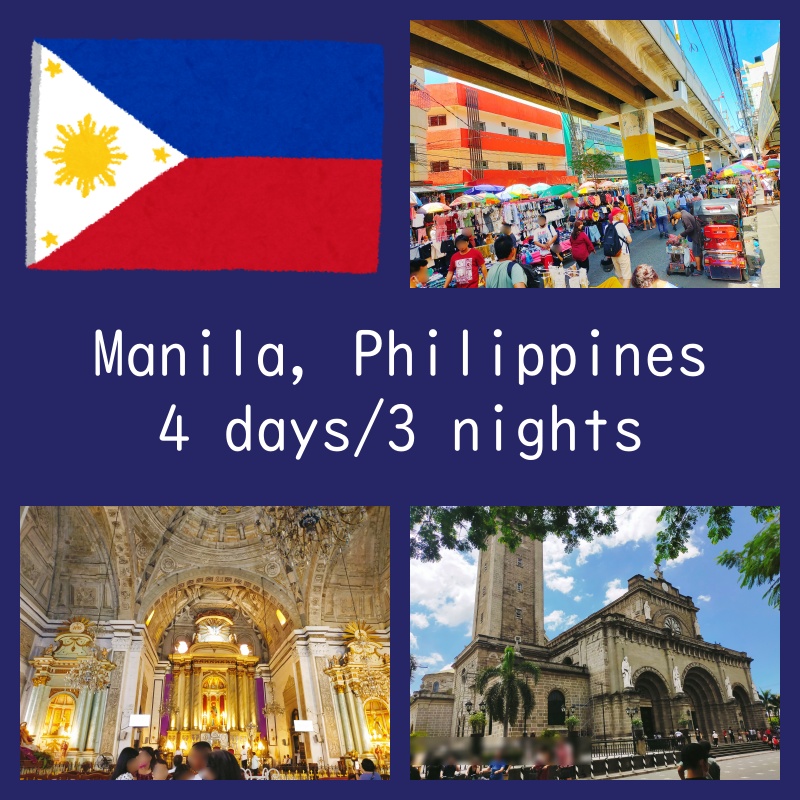
4-day/3-night trip to Manila actual Itinerary
We enjoyed the trip in Manila, as follows,
【Day 1】
- Around 10pm: Arrival at Manila Airport🛬
- 11.30 pm: Hotel arrival in Malate district
【Day 2】
- Intramuros
- Harbour View Restaurant🍴
- Manila Ocean Park (aquarium)
- Robinsons Place (shopping)
【Day 3】
- San Agustin Church
- National Museum of Natural History
- Jollibee🍴
- Baclaran Market
- SM Mall of Asia (MOA)
【Day 4】
- 9am: Departure from Manila Airport🛫
Travel in Manila Impressions
The following are only my impressions from my short stay.
Climate: It was summer in the Philippines, as it was March. During my stay, it was sweltering hot, with a maximum temperature of 34°C every day. The heat in the Philippines should not be underestimated. The heat eases as the sun goes down, so one idea is to make better use of the evening hours.
Clothing: When sightseeing in churches and other religious places, of course you should take care to minimise your exposure. In my case, I wore short trousers and short sleeves. But I did not receive any particular attention at any places. Looking around, most of the locals and tourists were wearing in the same way.
Security: Manila is classified as Level 1 “Be very careful” on the Japanese Ministry of Foreign Affairs’ list. But we did not get into any particular trouble in terms of security, and I had the impression that there was nothing to worry too much about. However, you will definitely experience things that don’t happen in Japan, such as being offered rip-off prices, being approached by many traders and seeing many people who look like homeless. If you are not used to it, you will have the impression that it is scary. In any case, care should be taken to manage belongings.
Transport: A safe way for travellers to get around is by taxi, and the smartphone app Grab was very convenient. Advantages include as follows,
- Taxis can be easily arranged by entering the place of departure and destination.
- The price is fixed at the time of dispatch, so you don’t have to worry.
- You can also find out the approximate waiting time and location of the car.
- No need to tell the driver your destination.
- If you register your credit card, there is no need to exchange money.
For those who want to ride trains like the LRT or MRT, it is recommended to buy a Beep card, the Japanese equivalent of Suica. I bought one from a red vending machine and the card itself cost 30 pesos. Train fares are extremely cheap and you can use it as many times as you like if you recharge it. Beep cards can also be used on some buses and at convenience stores (Family Mart). The size is the same as Suica in Japan.
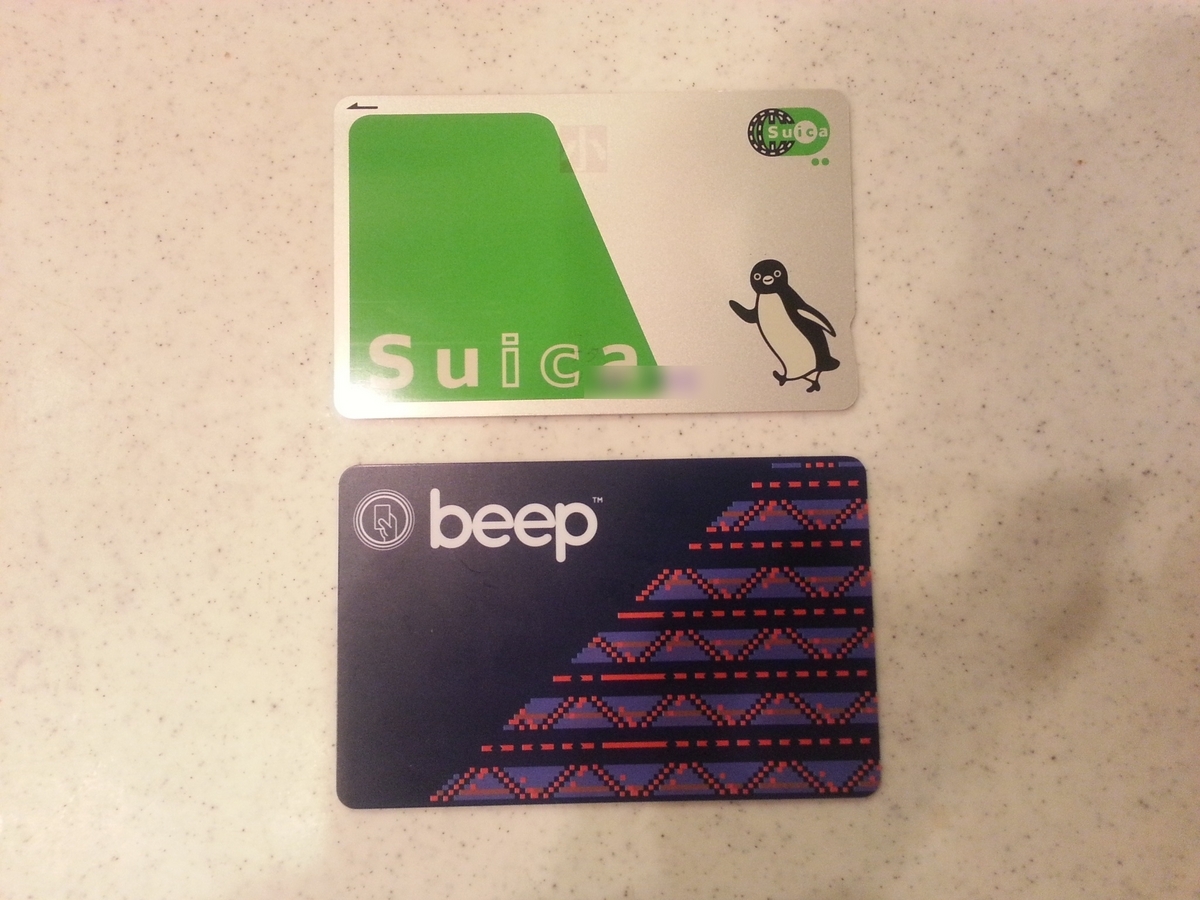
English: Basically, I appreciated the fact that English is available at tourist attractions. For example, even at local train stations, English is usually spoken. It’s a good place for people who are learning English or speak English. Some people are helpful when you ask questions, others are not, but that is the same everywhere in other countries.
Passports: the issue of whether to carry your passport around the city is controversial, but I carried mine with me securely. Also, the National Museum of Natural History requires ID to enter, and we were able to enter because we had our passports. It has not been confirmed whether photocopies are acceptable.
Money exchange: Surprisingly, the best rate was for ATM cash advances. The next best rate was at the exchange offices dotted around town.
Drinking water: It is safe to carry bottled mineral water. We drank the water served in restaurants and shopping centre canteens and never got water poisoning. Generally speaking, it is better to be careful with water in the Philippines.
Smartphones: I didn’t need a phone number, so I bought a data-only SIM card in Japan in advance, called SIM2Fly from the AIS brand.(https://amzn.to/3nyE3fX)。
Travel in Manila Memories
I will now share my memories of the trip in timeline.
【Day 1】
Arrived at Manila Airport Terminal 3 at 10pm. The coupon taxi I was looking for was not in operation, probably because it was late. I changed my plans suddenly to a yellow taxi (metered taxi) to my hotel in the city, which cost about 400 pesos. How to get to the hotel It is advisable to make some preparations in advance.
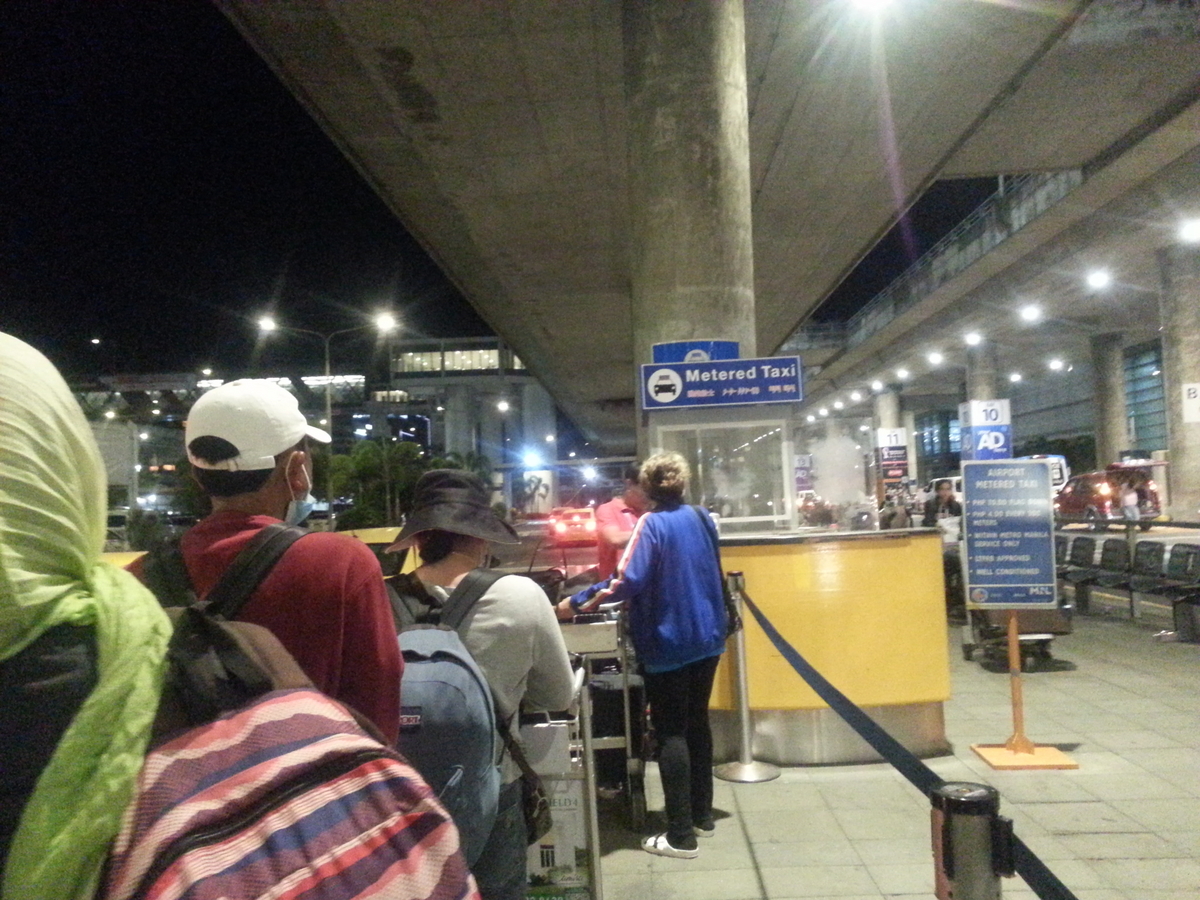
【Day 2】
I used the LRT to go from Pedo Gil station to Central Terminal station to meet friends. As long as you avoid rush hour, the train is cheap and not too bad. It seems that you cannot move between platforms(other side), so make sure you use the correct entrance according to your destination.
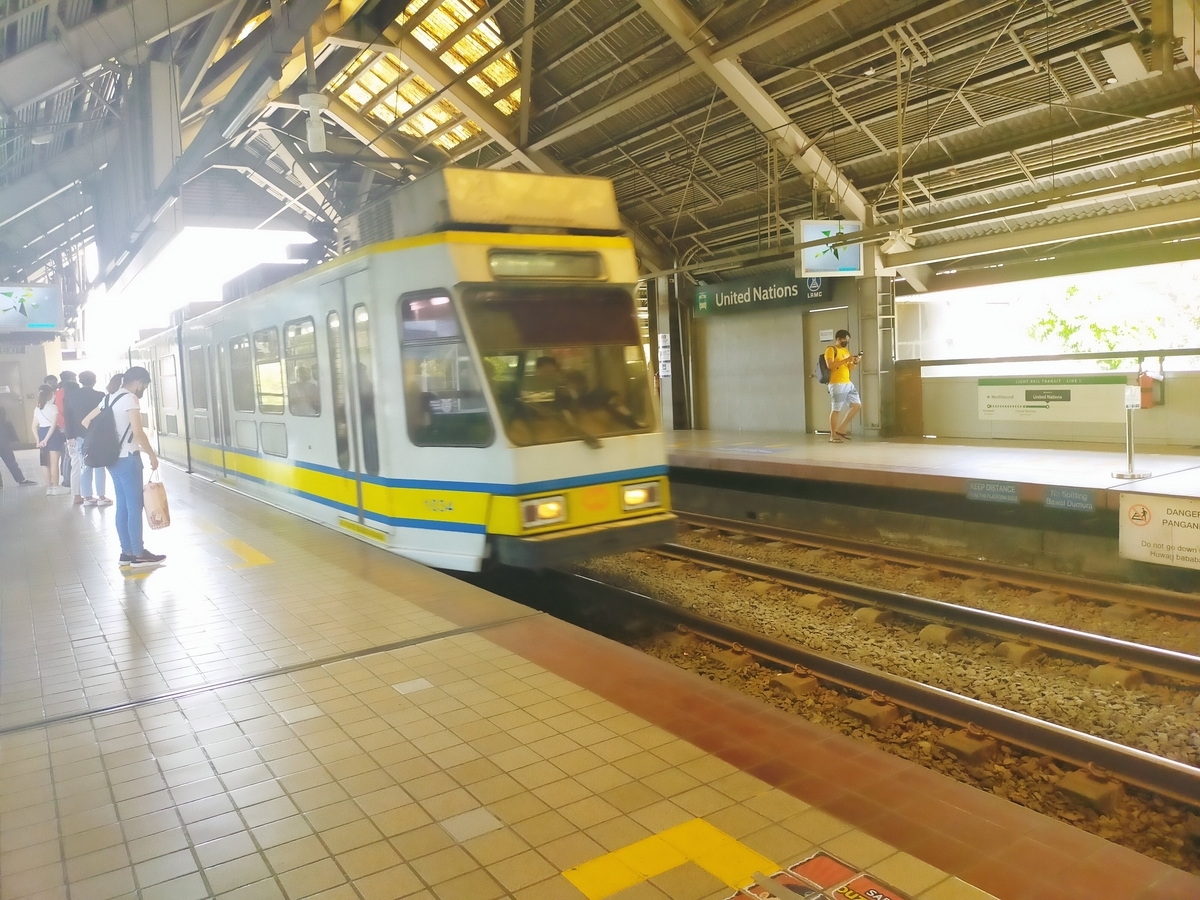
In the morning we toured Intramuros, the oldest old walled city in Manila, built by the Spanish in 1571 for Filipino rule. We procured a local tourist guide, a 30-minute service for 350 pesos. This price was a rip-off price according to my friend. I still don’t know what the right one is, but we enjoyed it very much. In the end, we were guided for two and a half hours. In this tour, we went around Intramuros in a human-powered tricycle called a pedicab, as shown in the photo, and had a guide in English at each spot in Intramuros.
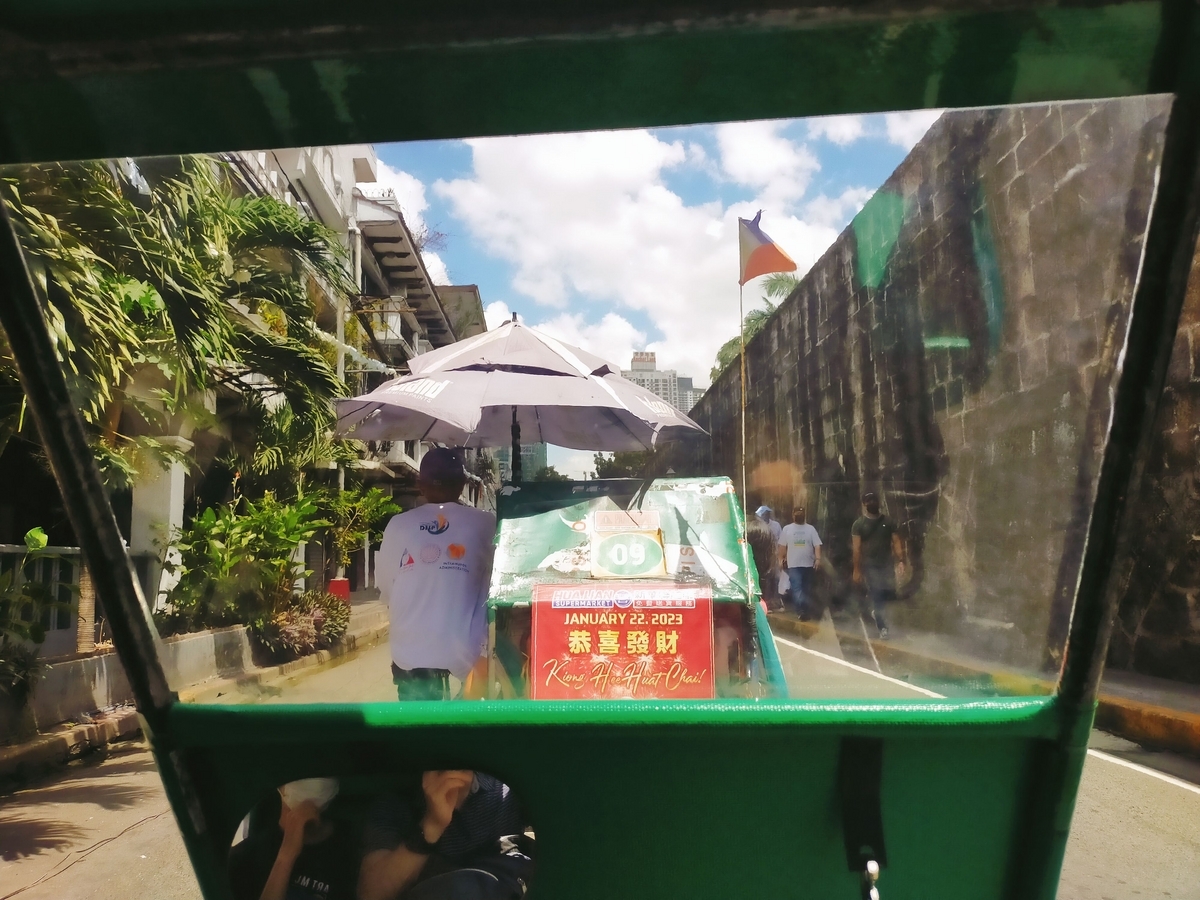
It is nice to have shelter in hot weather (^^♪
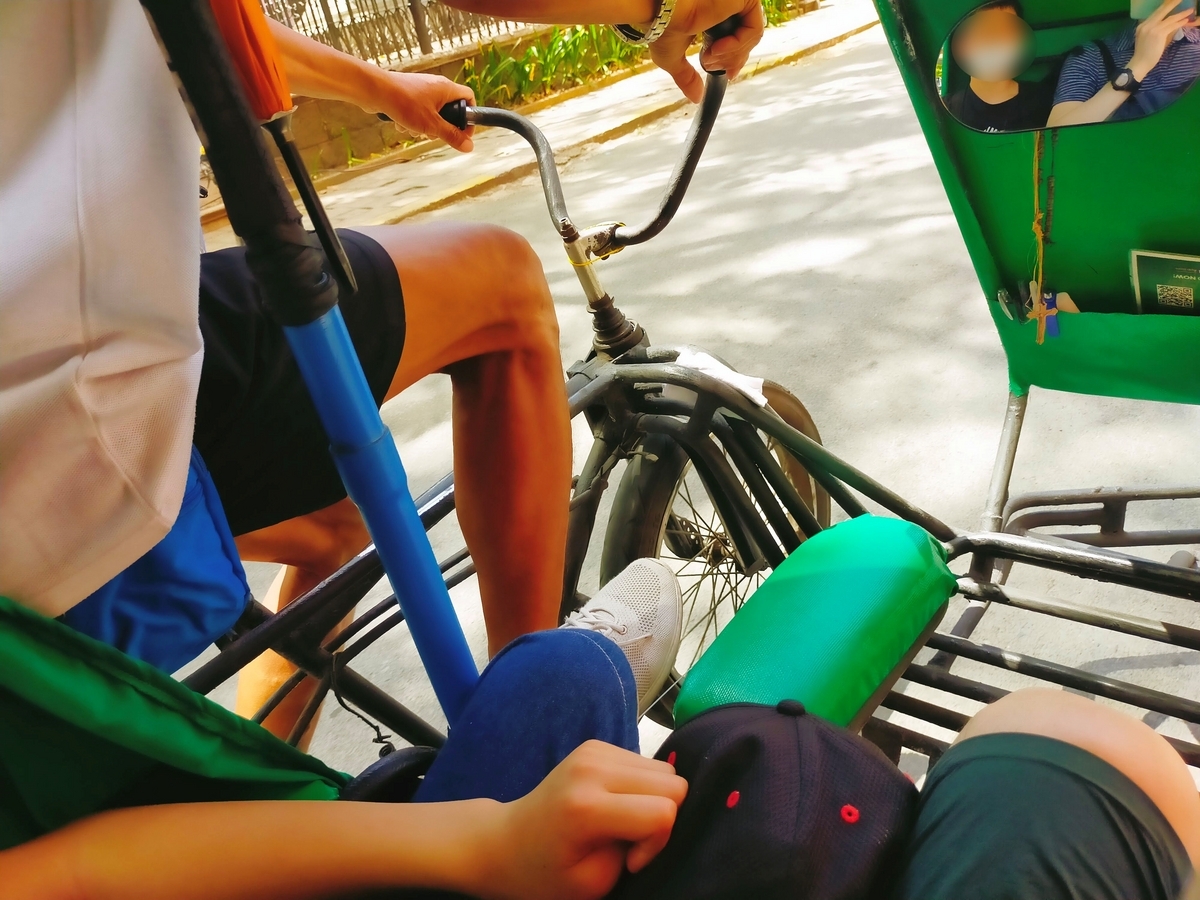
Manila Cathedral, a historic church founded in 1581. The stained glass inside is beautiful and the majestic atmosphere is well worth a visit.
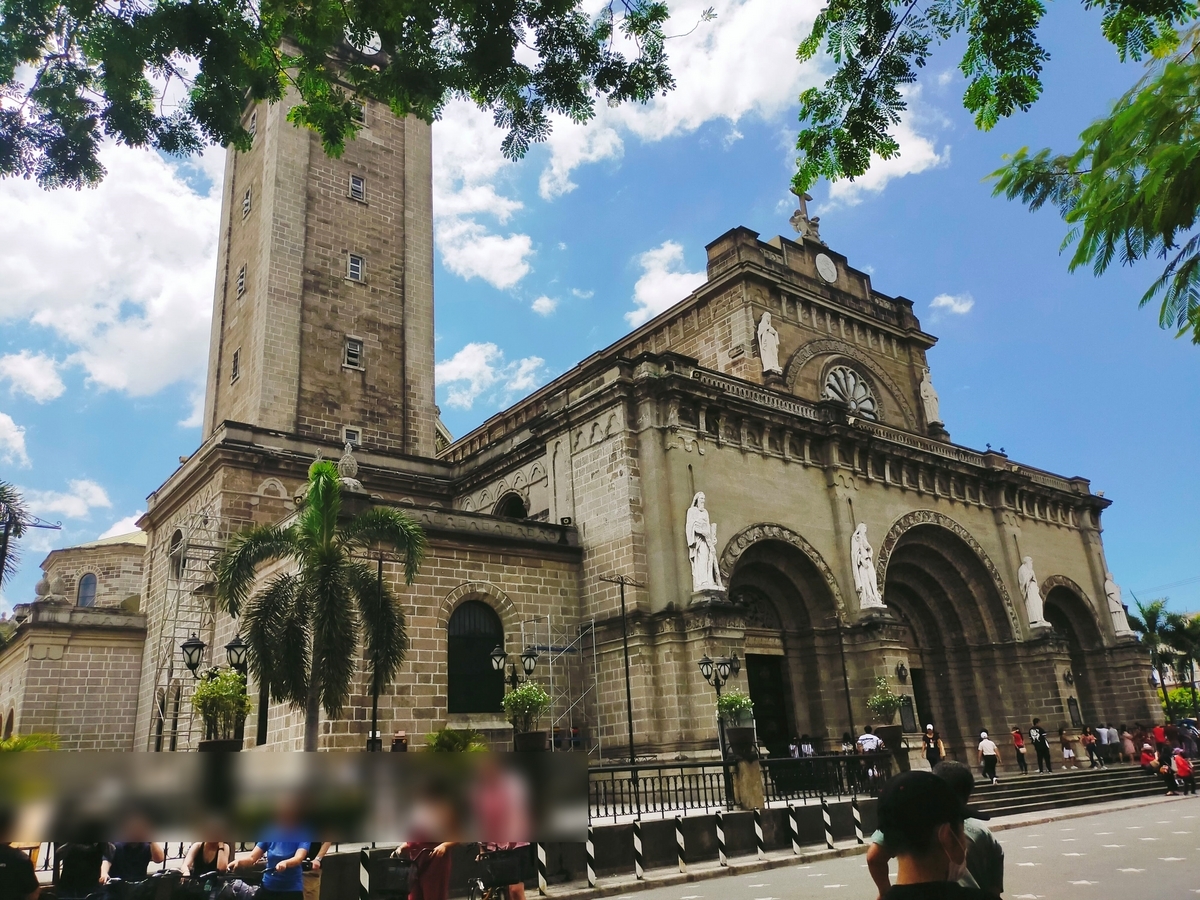
Fort Santiago. One of the oldest fortifications in Manila. Military fortification during the Spanish period. Also historically used by the Japanese as a base.
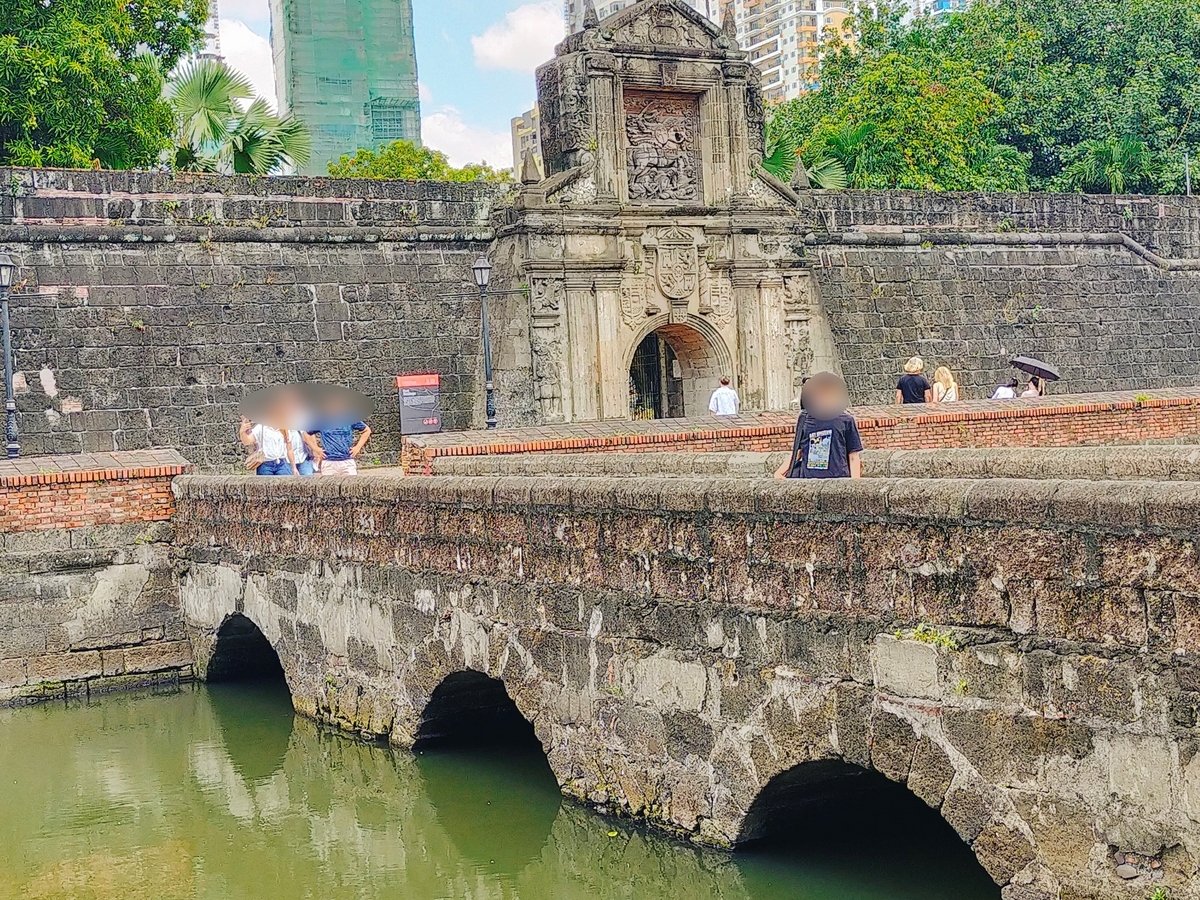
Calesa. A horse-drawn carriage for sightseeing. This time, just watch.
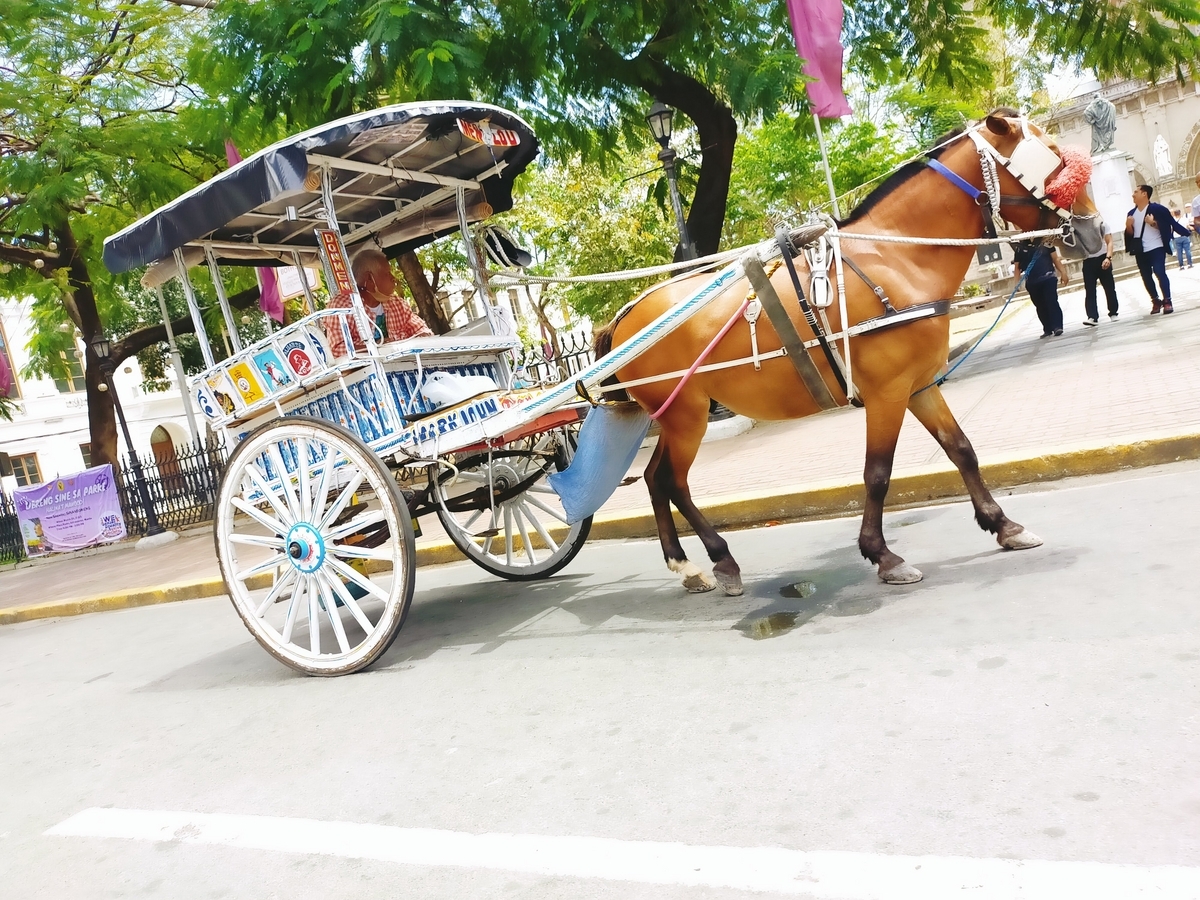
For lunch, go to the Harbour View Restaurant in the Ermita district.
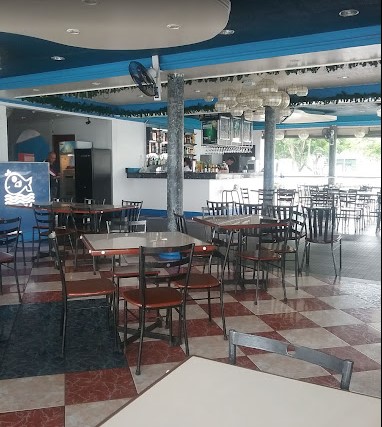
I had the Sisig. The restaurant is in a great location facing overseas. I was able to dine with a view of Manila Bay and the sea breeze.
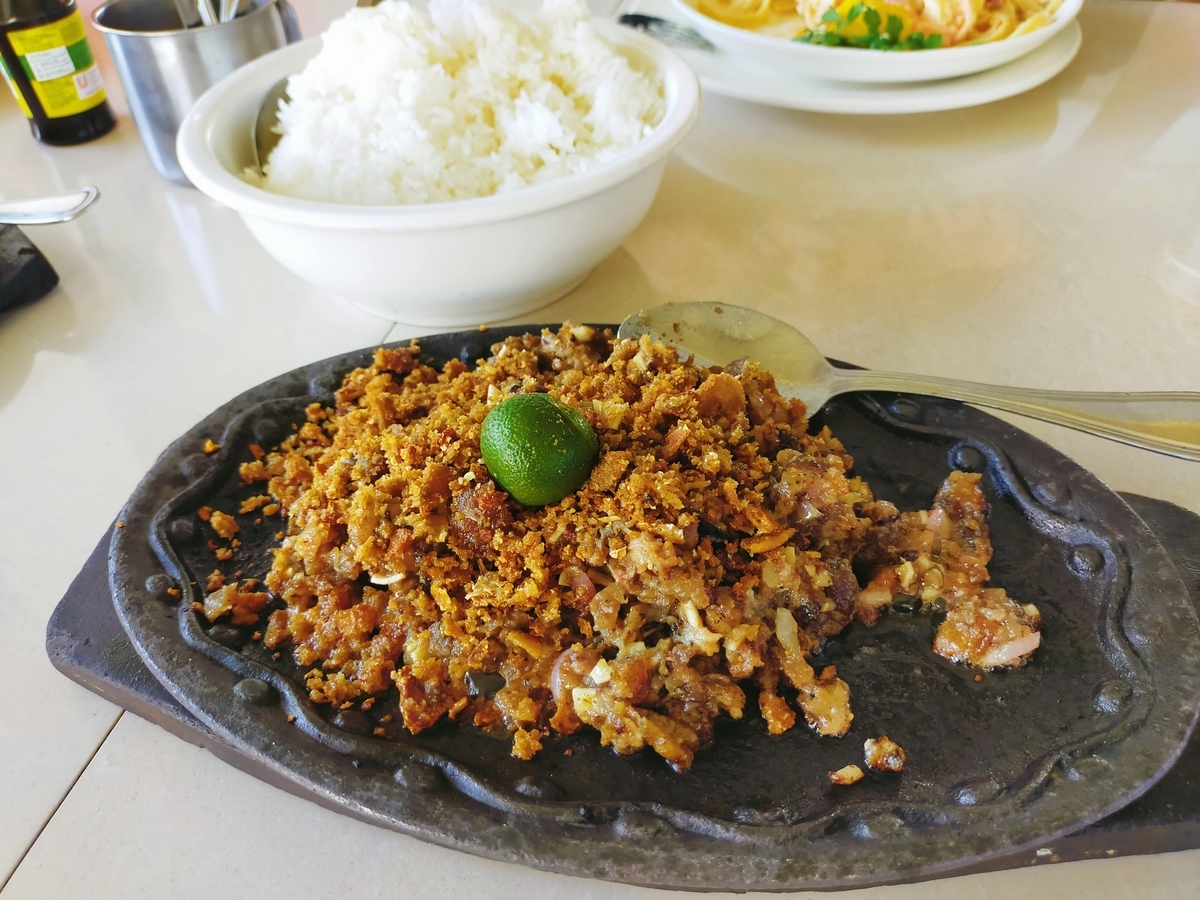
After lunch, visit the Manila Ocean Park, which is within walking distance of the restaurant. It is considered the largest aquarium in South East Asia. From the ecology of the Philippine sea to the sea lion show, you can enjoy it to the fullest. The highlight is the 25-metre-long tunnel-shaped aquarium. It’s a useful cool tourist attraction.
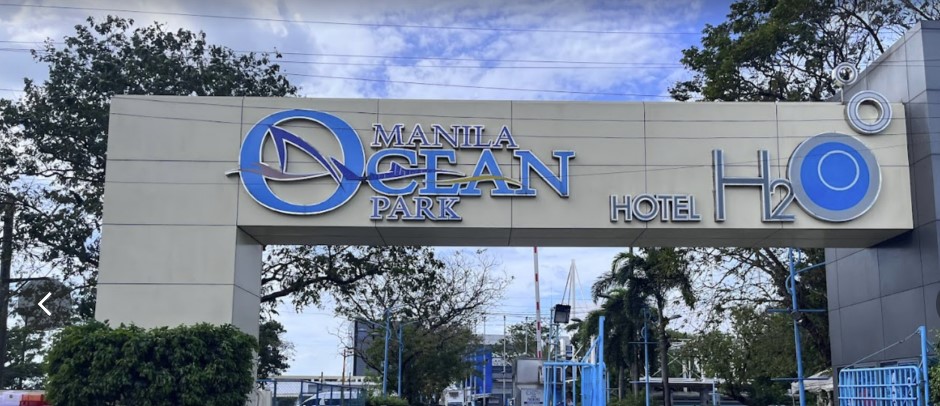
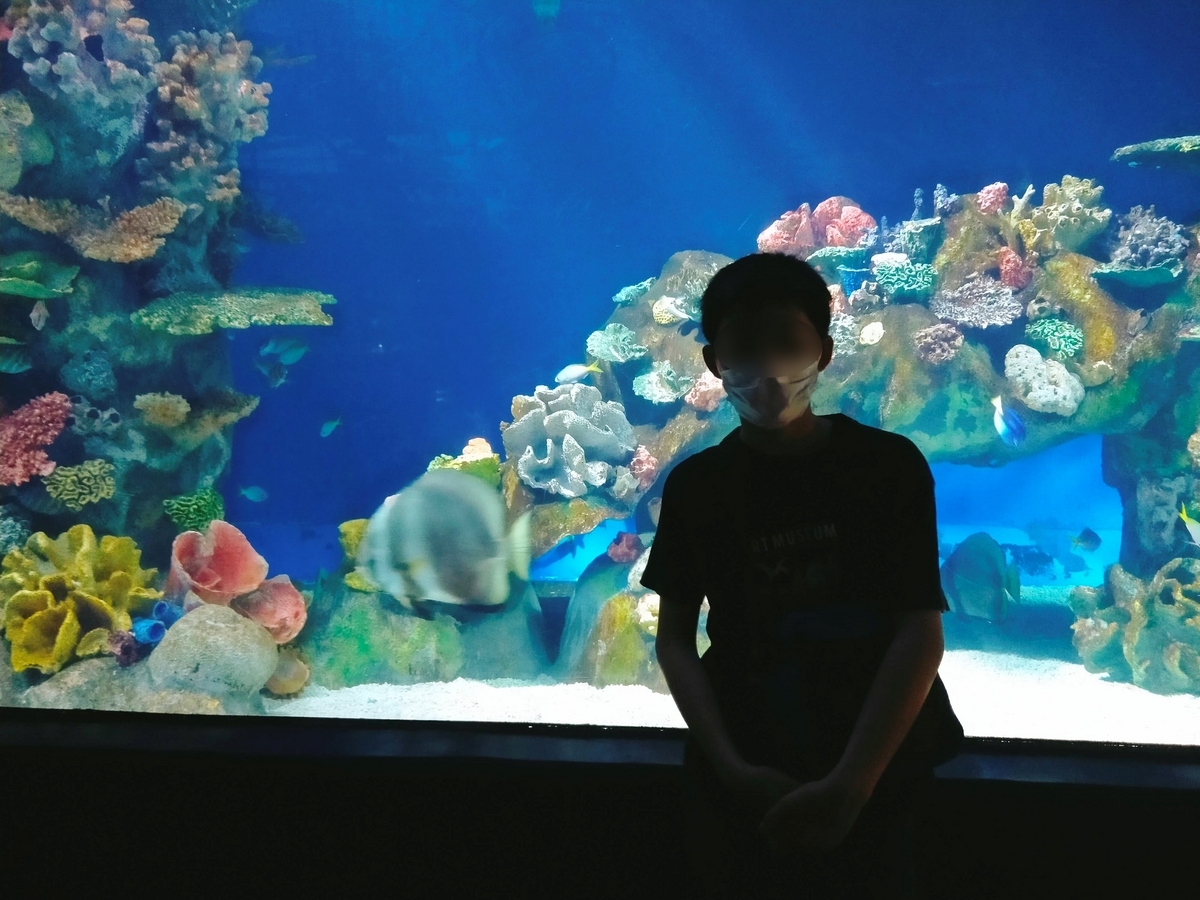
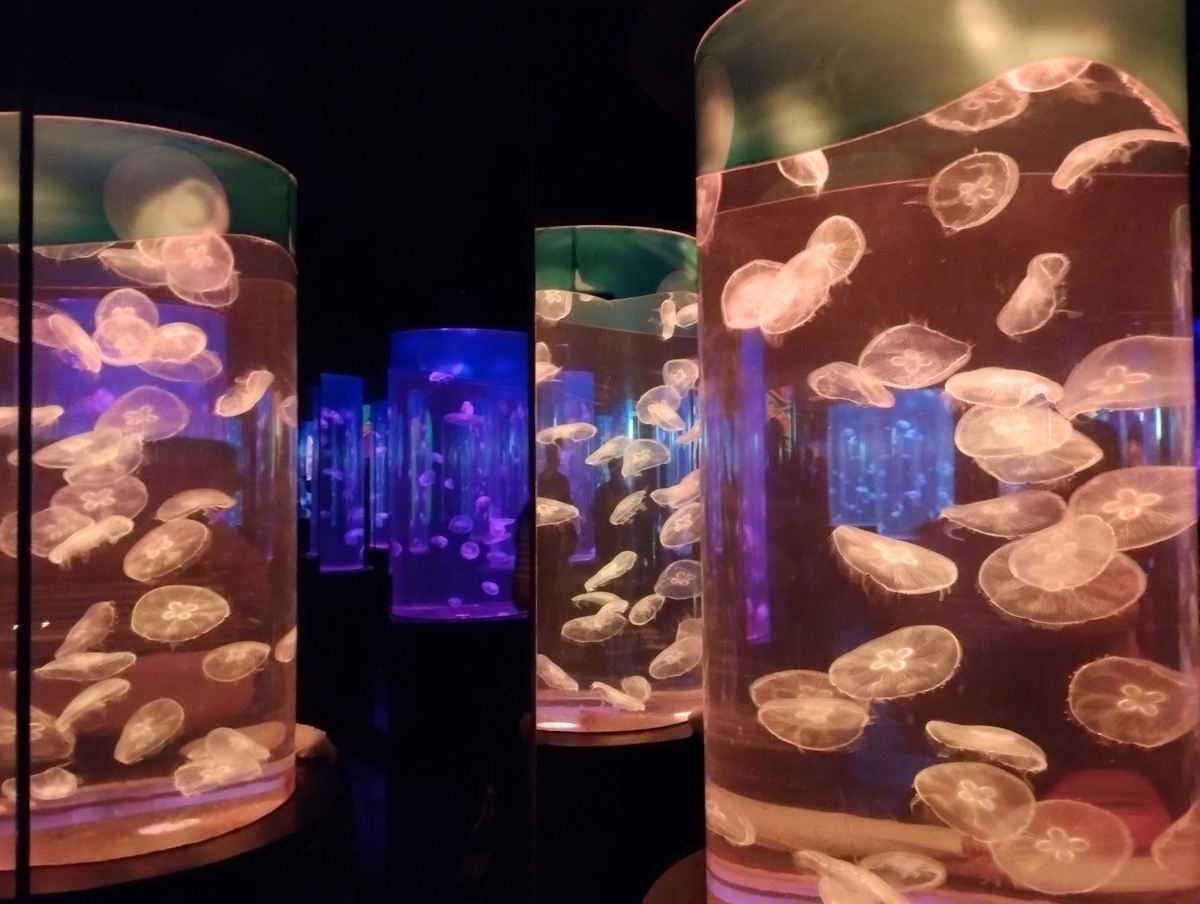
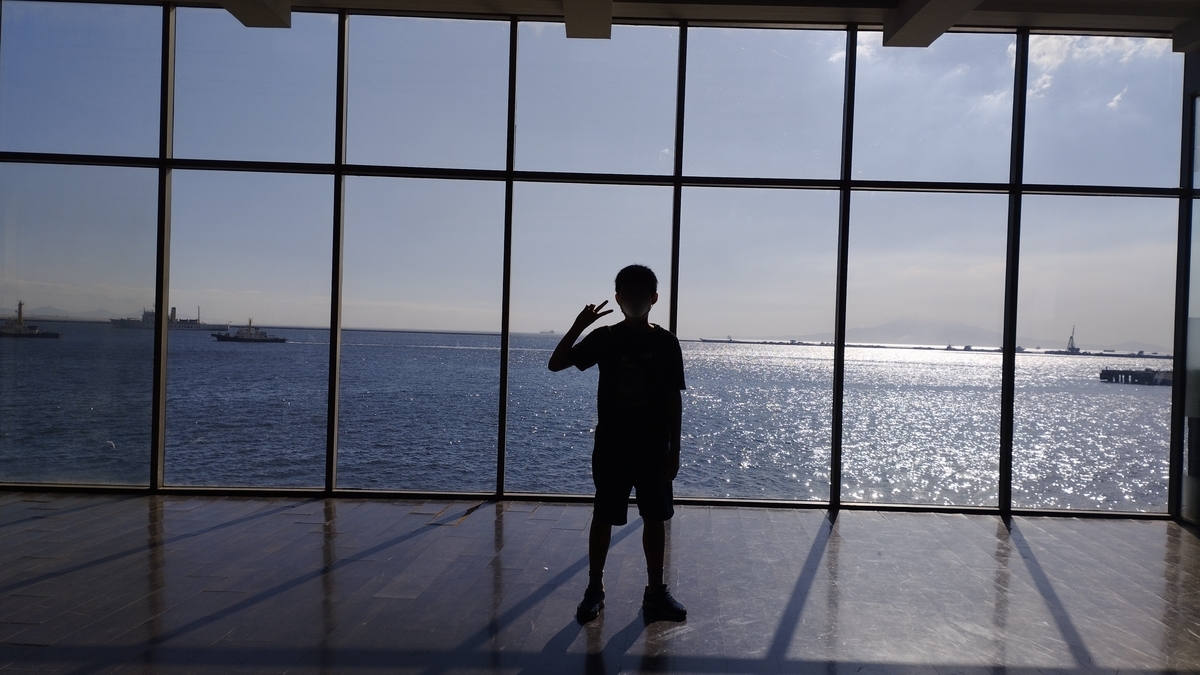
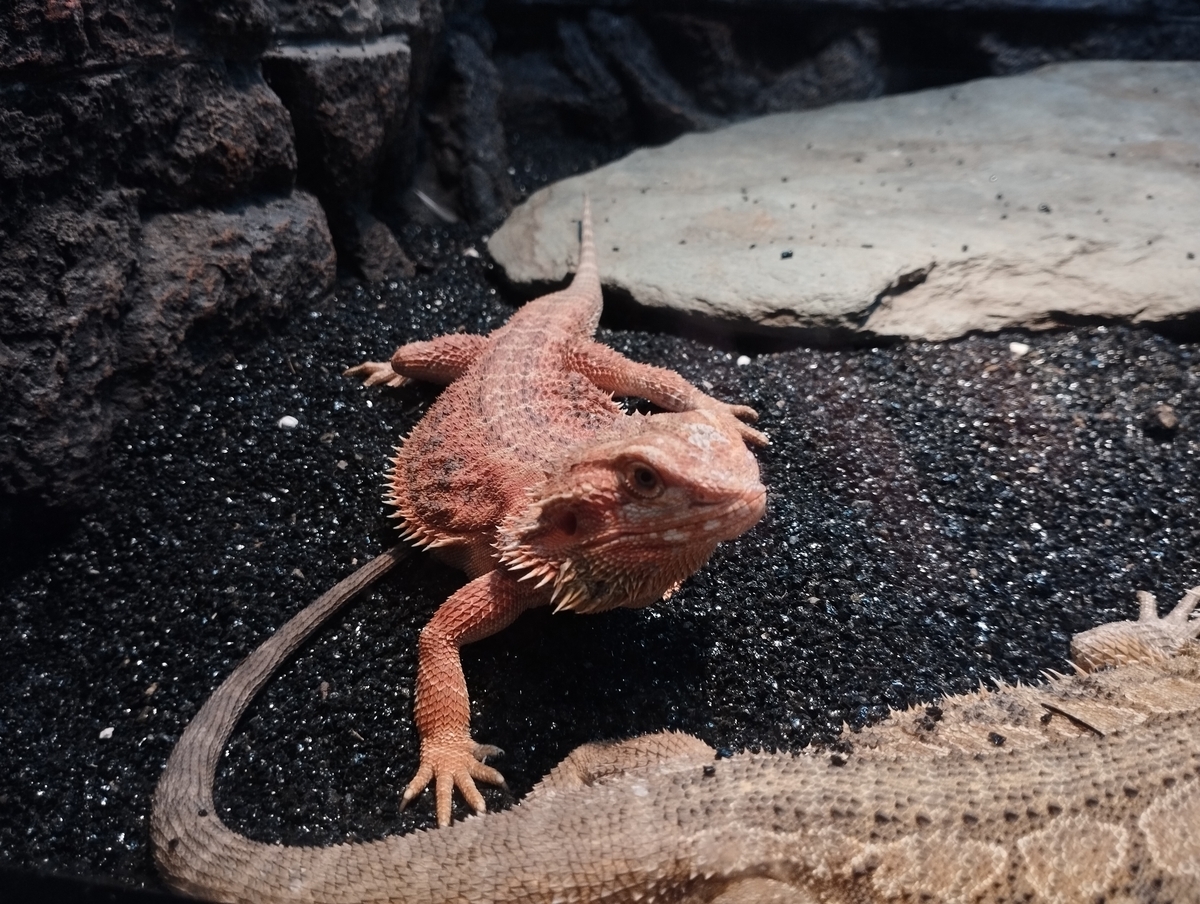
【Day3】
San Agustin Church. I felt the urge to visit the church again and came to the World Heritage listed church in Intramuros. It is said to be the oldest stone structure in the Philippines.
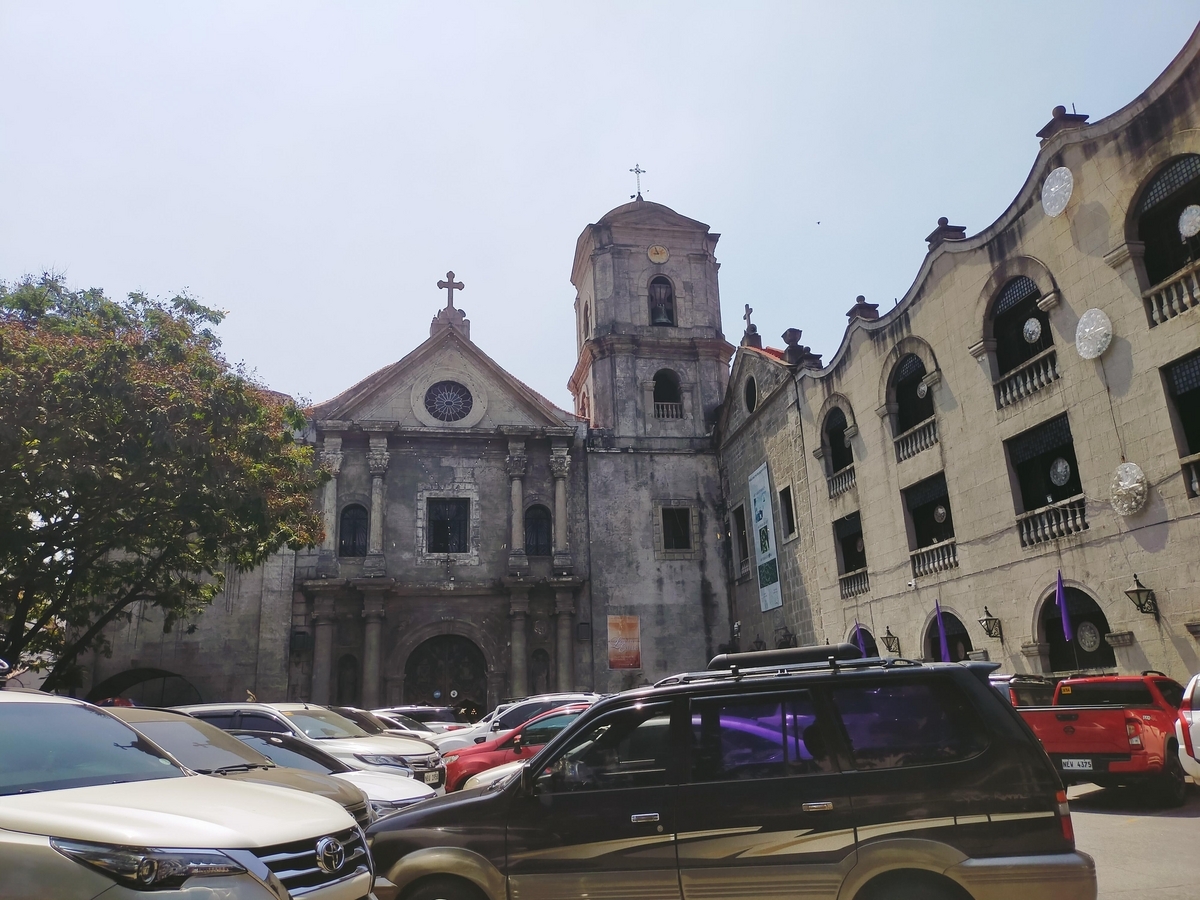
The interior was just beautiful. It was breathtaking to see the creations and statues related to the history of Christ. We also happened to be able to attend Sunday morning mass with the locals and enjoyed the solemn and warm atmosphere. Thank you, people of the Philippines.
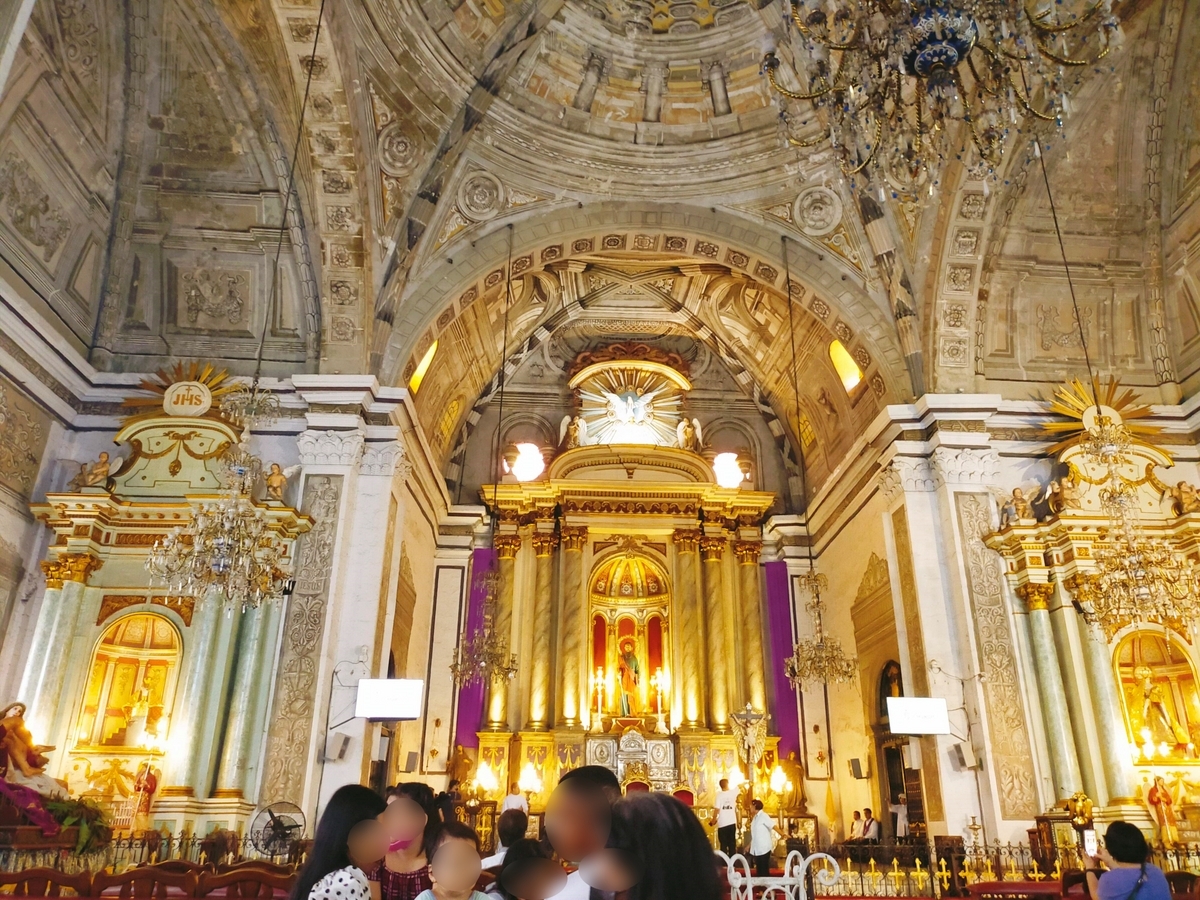
A rubber-powered winged aeroplane sold outside the church. I couldn’t resist buying one; it cost 100 pesos(*^-^*)
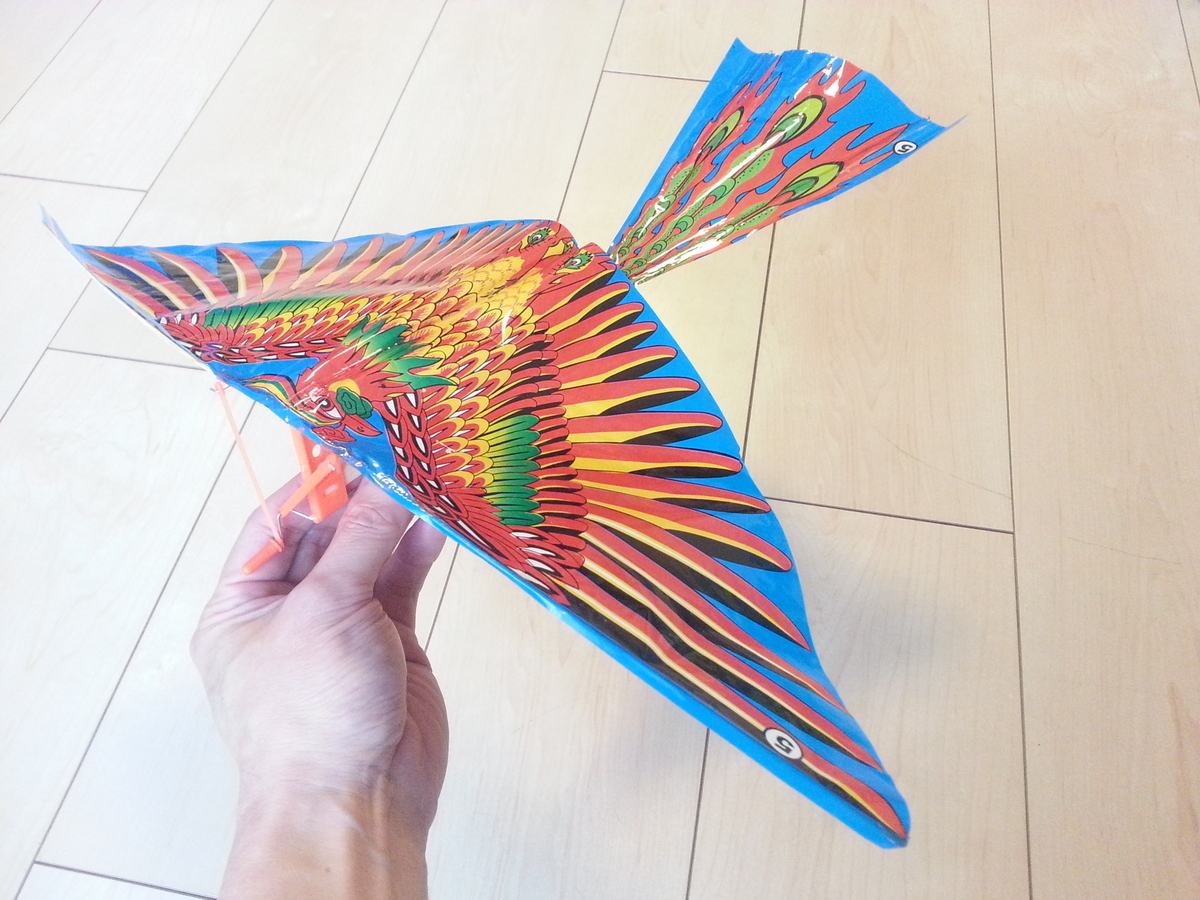
フィリピンの教会前で思わず買ってしまったゴムの力で羽ばたく鳥🦜簡単に壊れそうなものを頑張って持ち帰った🤣これ面白い😊100ペソ也。 pic.twitter.com/pak4Rml8j5
— じんた🐈meow (@DadTech35) April 2, 2023
This is a view of the Intramuros ramparts from the outside. The historic ramparts have a very cool and fearful atmosphere.
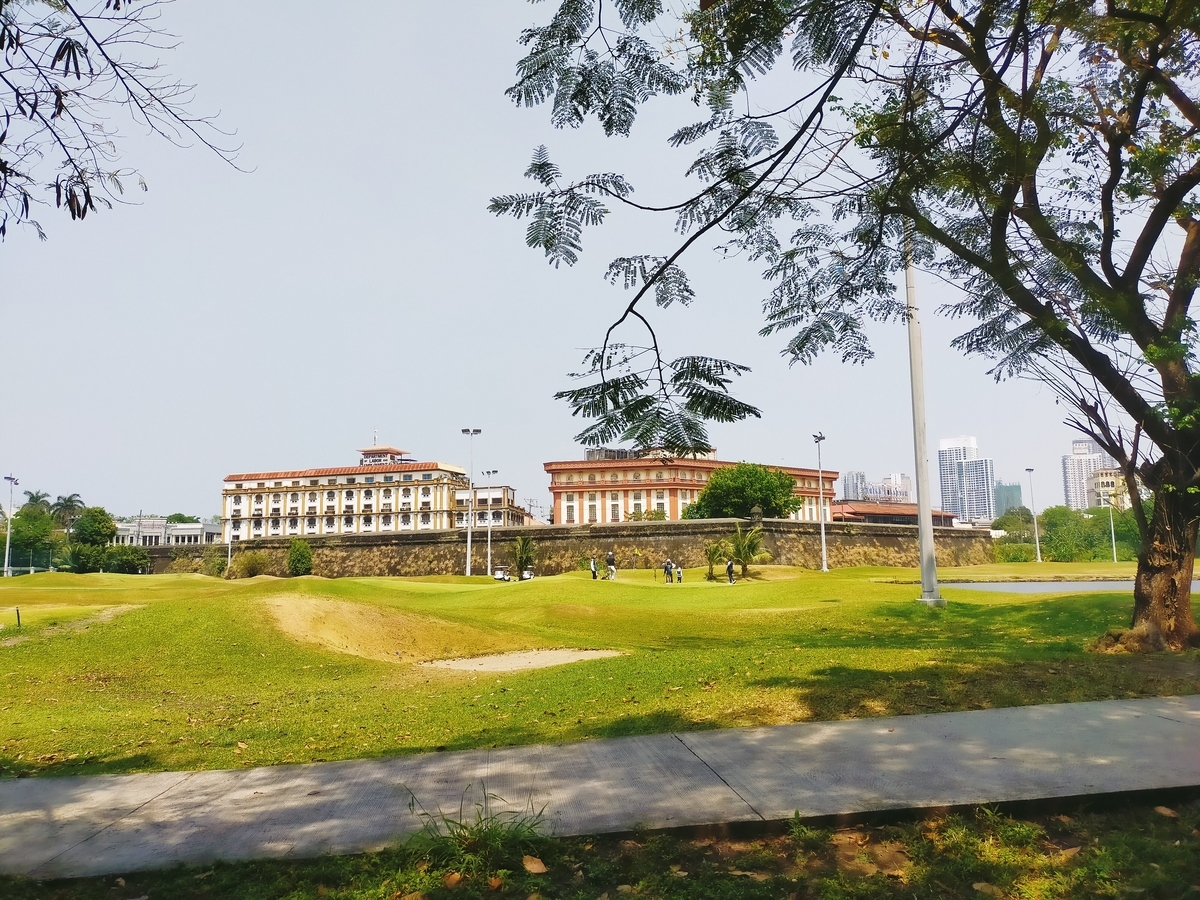
Next, we visited the National Museum of Natural History on foot. What a surprise – admission is free! It’s hard to believe that a museum with such a beautiful exterior and interior is free, and with five floors, you could spend a whole day here if you wanted to take your time. The exhibits are so elaborate that even children can enjoy themselves.
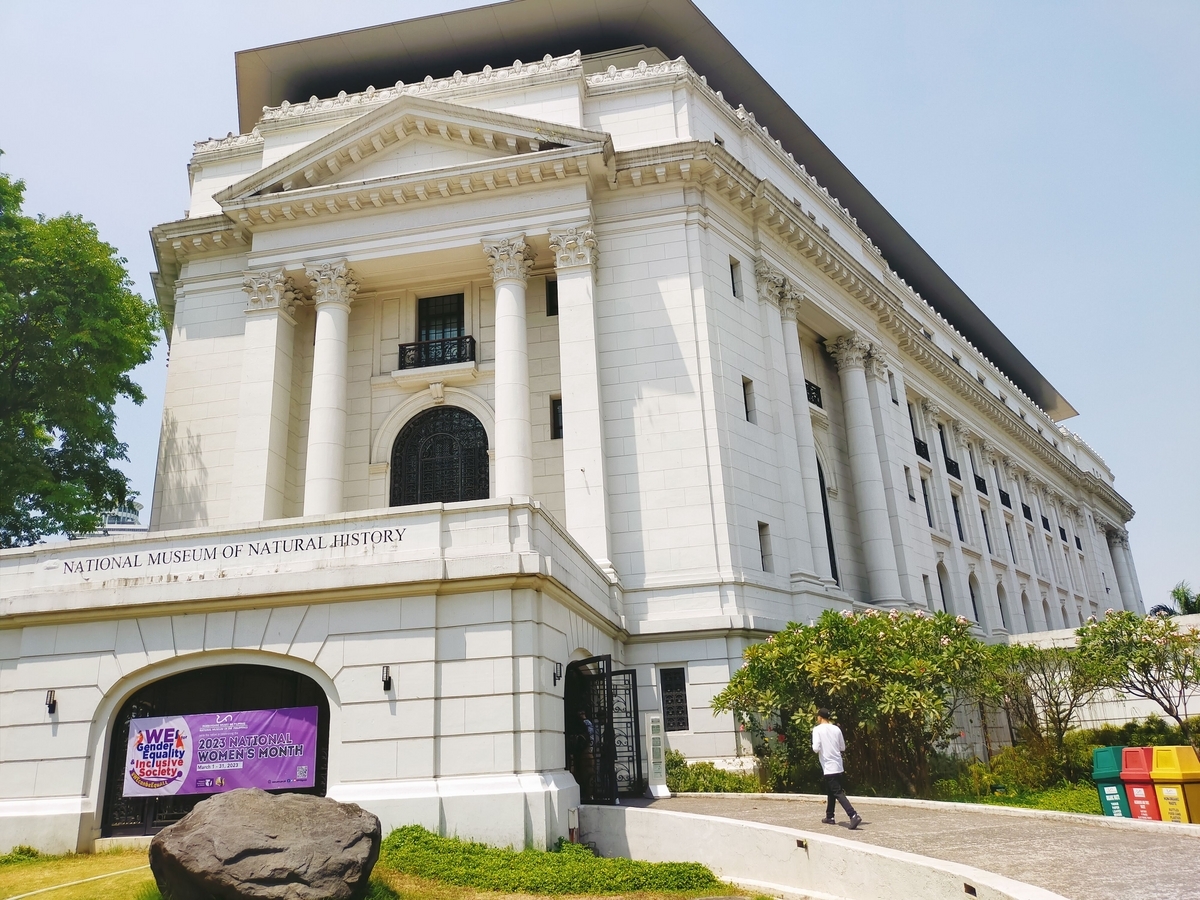
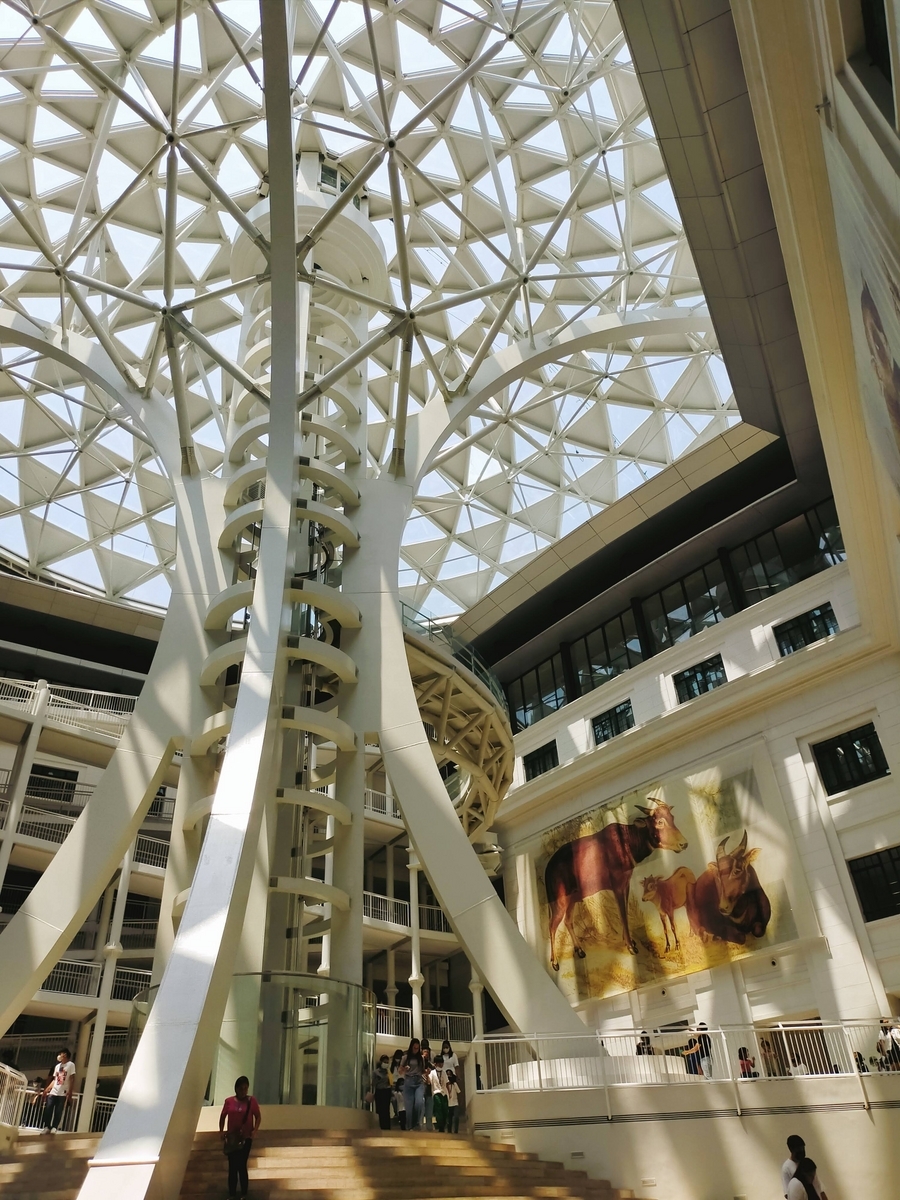
A stuffed Philippine Eagle, which is apparently listed as an endangered species.
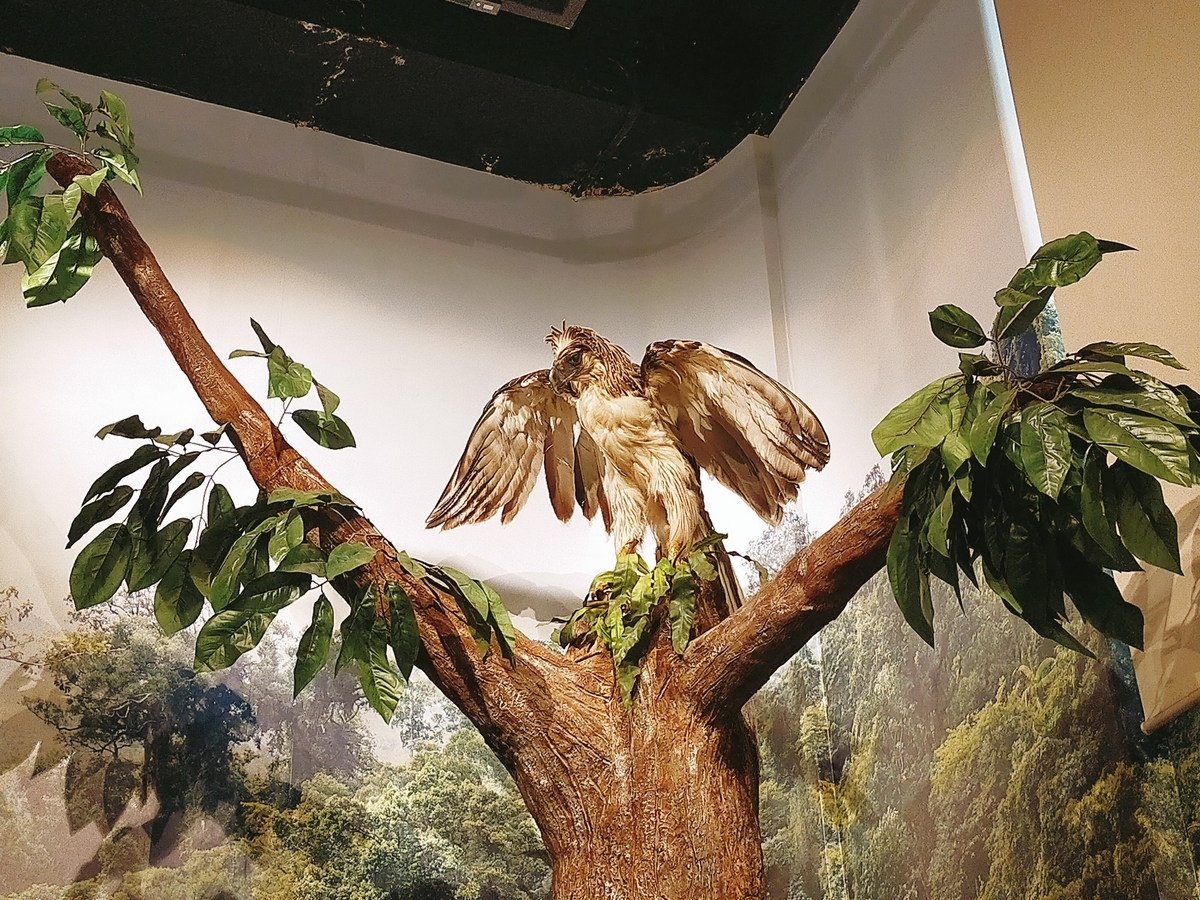
A crocodile ‘Lolong’. This crocodile is 6m long and weighs over 1t. It is listed in the Guinness Book of Records as the world’s largest crocodile caught alive. Known by the name Lolong, it is a very famous crocodile in the Philippines. It does not move now(^_-)-☆
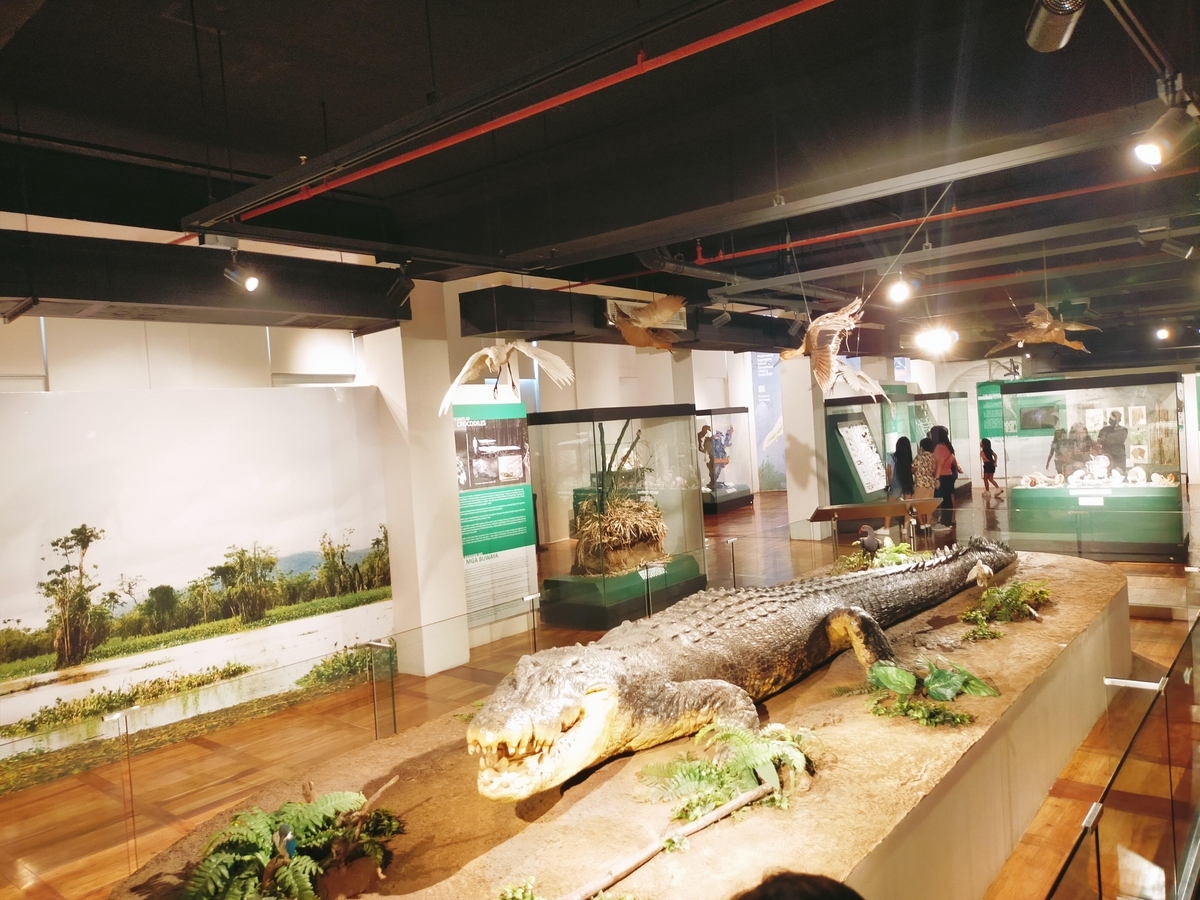
Lunch at Jollibee. I took the LRT to Baclaran and went to Jollibee for lunch, which I had longed for. I ordered spaghetti. I imagined it would be sweeter, perhaps because of the previous reputation of it being sweet and sugary, but it wasn’t. It had a richness and spice to it and I could see why everyone loved it.
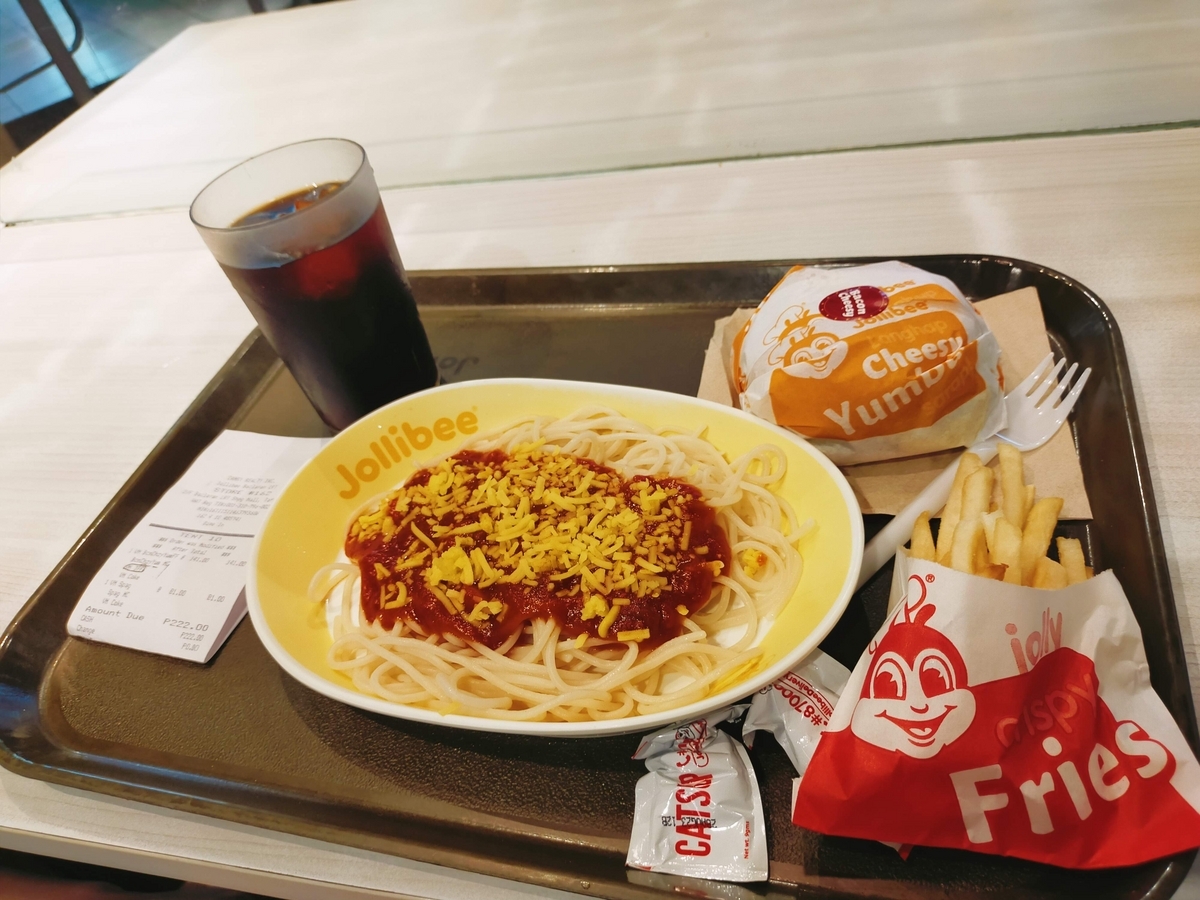
Baclaran Market. The heat and energy were just too much, I can’t say anything else. The amount of shops, people and cars! I really wanted to take my time and see a bit more, but the heat and the excitement of the market completely overwhelmed me. If you go off to a side street, you can see residents playing in the water, so it was a very deep spot.
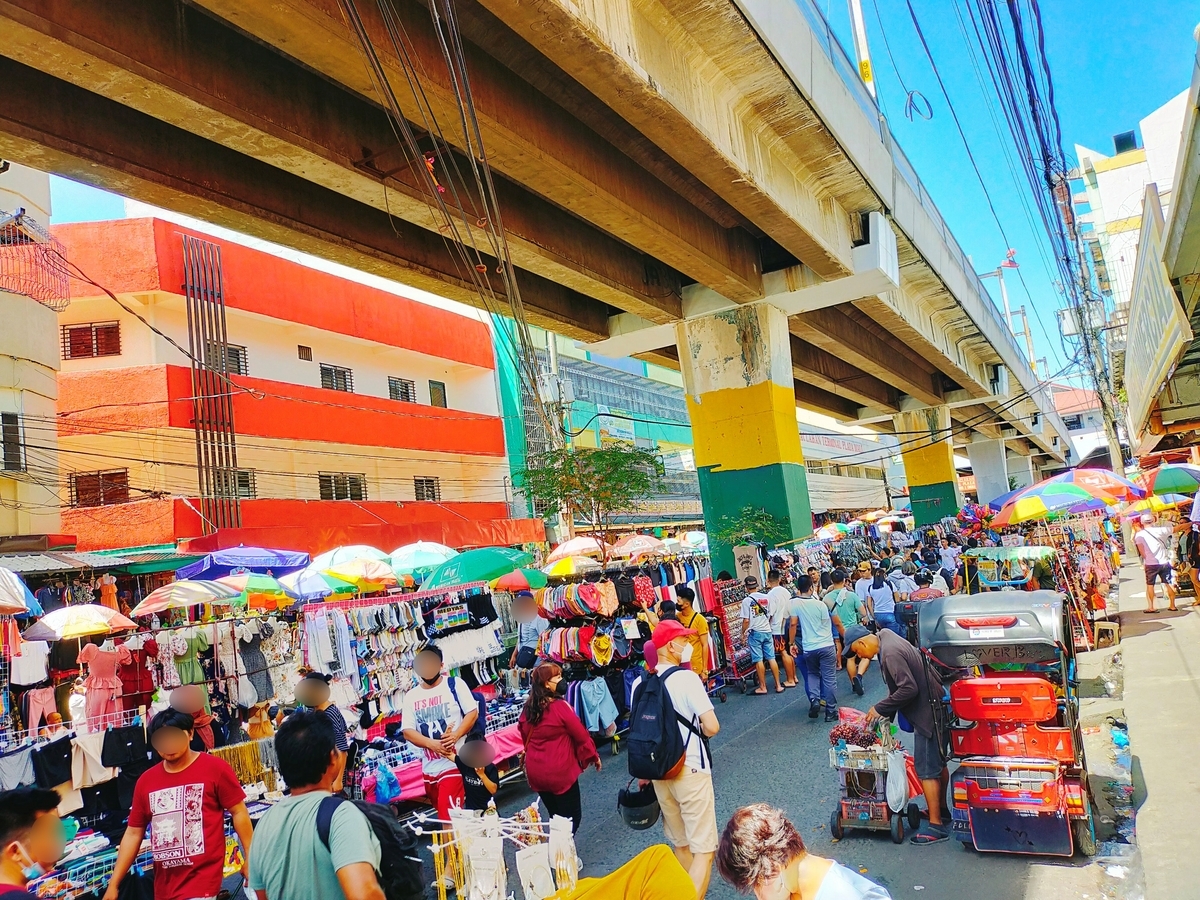
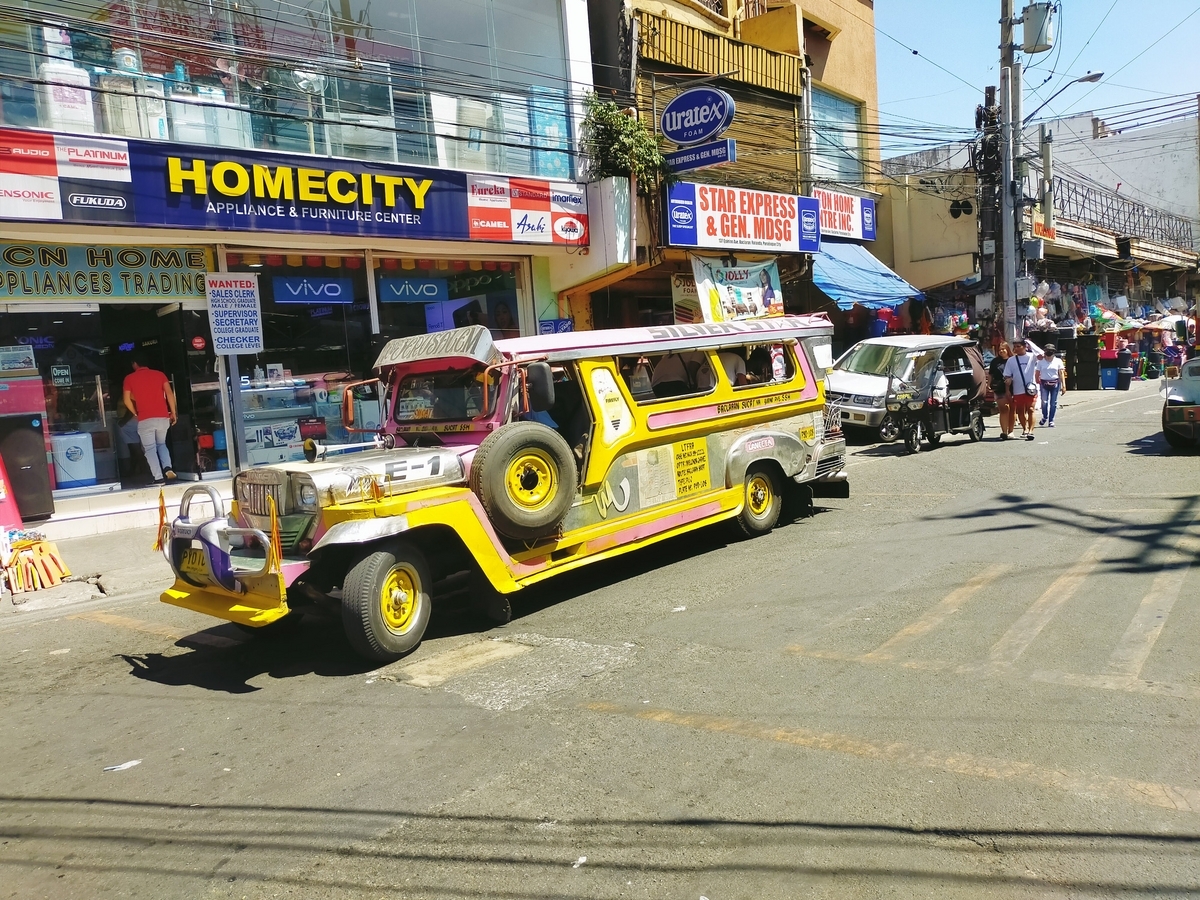
The trip concludes at SM Mall of Asia (MOA). A huge shopping centre along Manila Bay. It is so huge that you can’t get around it in a day. On the contrary, it is a shopping mall that you can enjoy all day long.
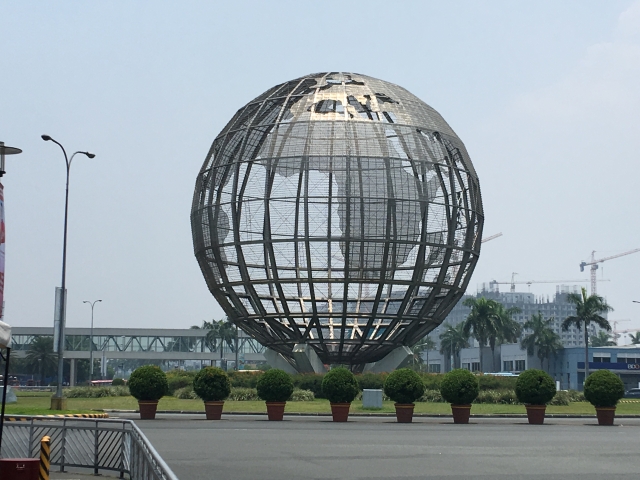
Basketball is the most popular sport in the Philippines. There was some kind of tournament going on and it was incredibly exciting.
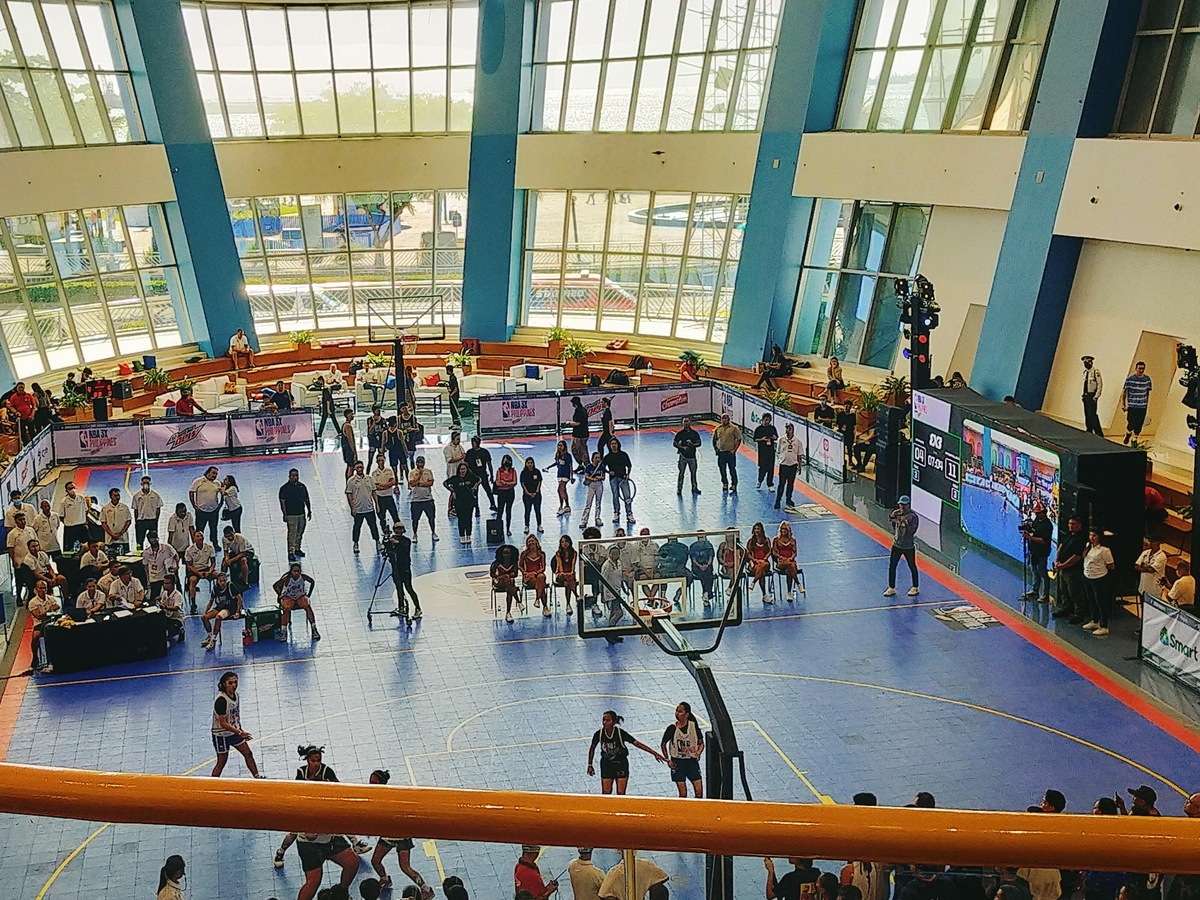
What excited me the most was the supermarket! And look at these bananas. There are all sorts of bananas on sale that you wouldn’t find in Japan. It’s a feast for the eyes(^^♪
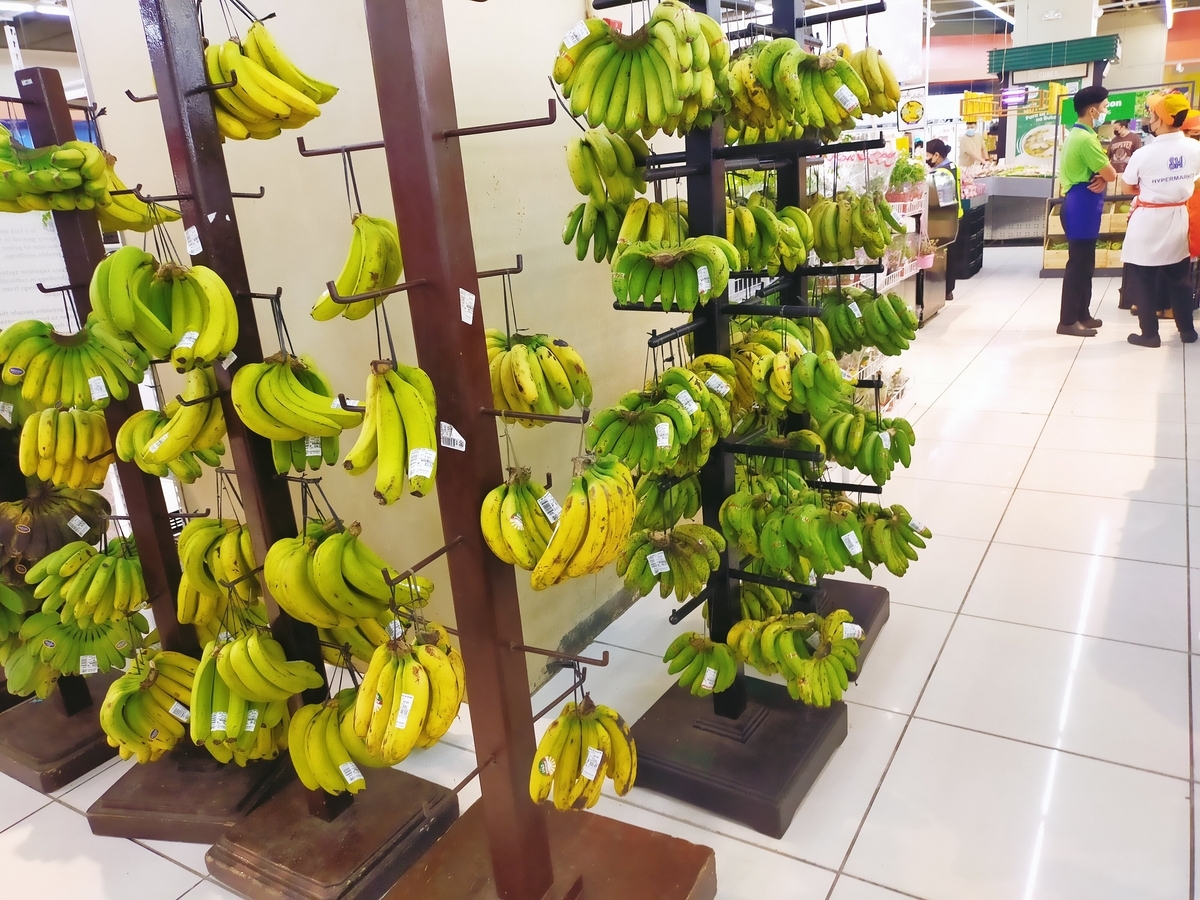
After a day of shopping, we walked along the coast. A beautiful sunset blessed the end of our trip.
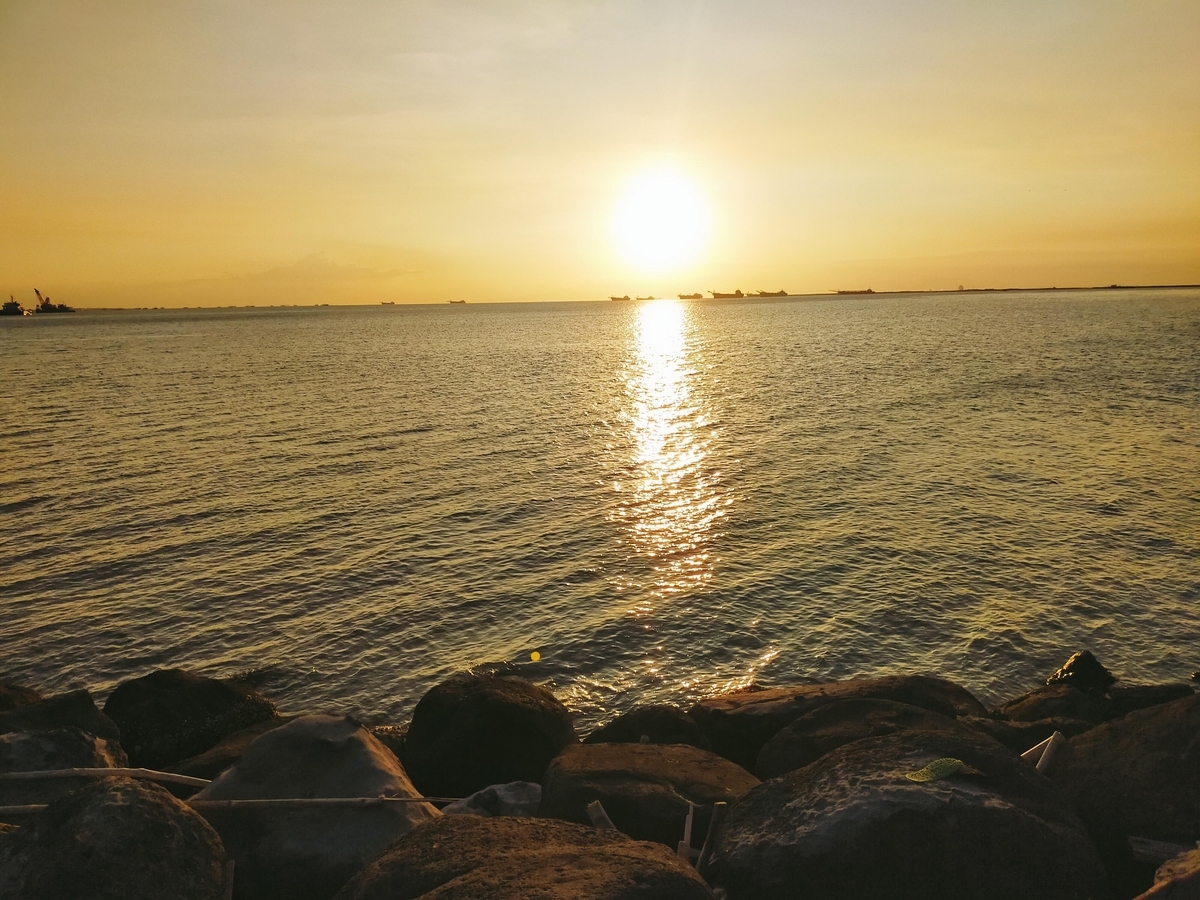
It wasn’t just the sunset that bid us farewell, but also a cat.
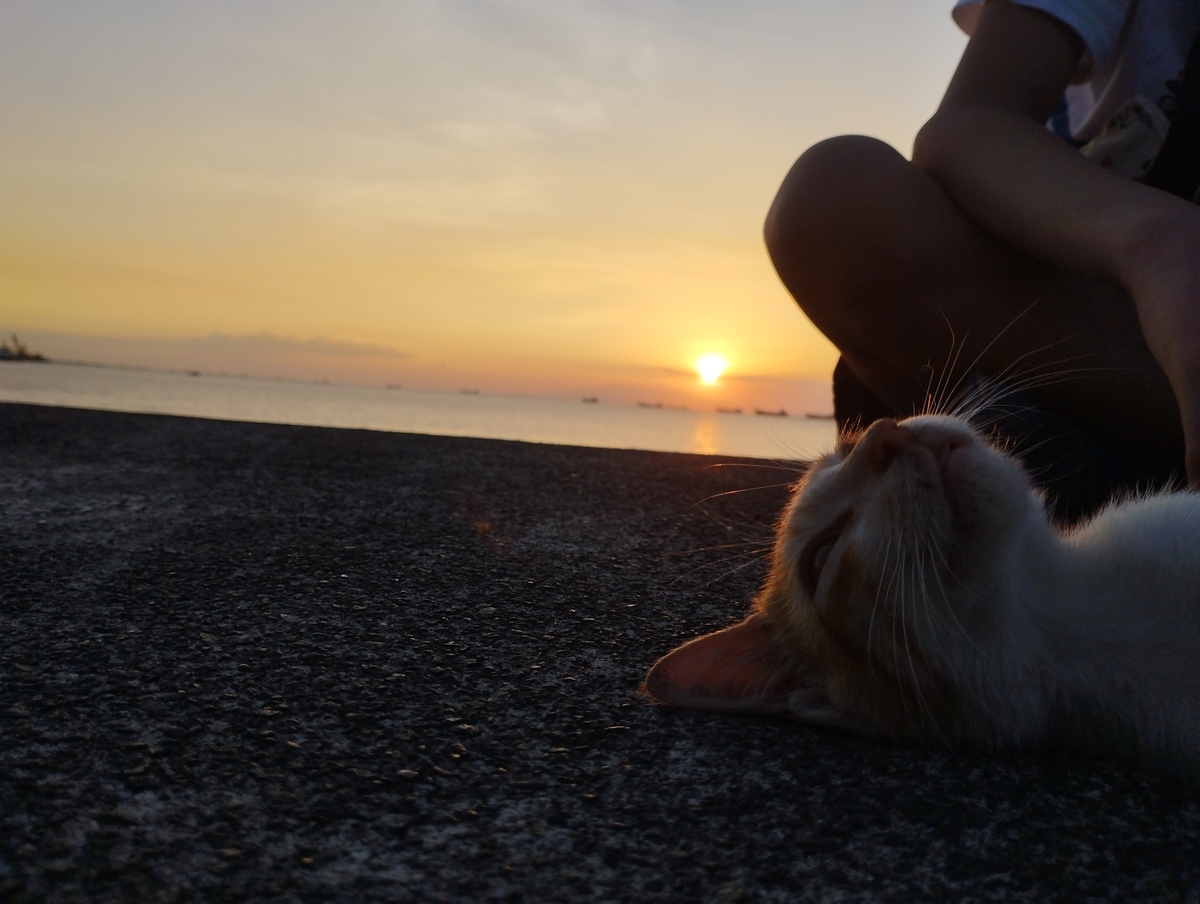
Finally, a Filipino friend recommended the ‘Choc Nut’ peanut milk chocolate. The package is full of product, so it feels chunky and heavy. How does it taste? Let’s try it!
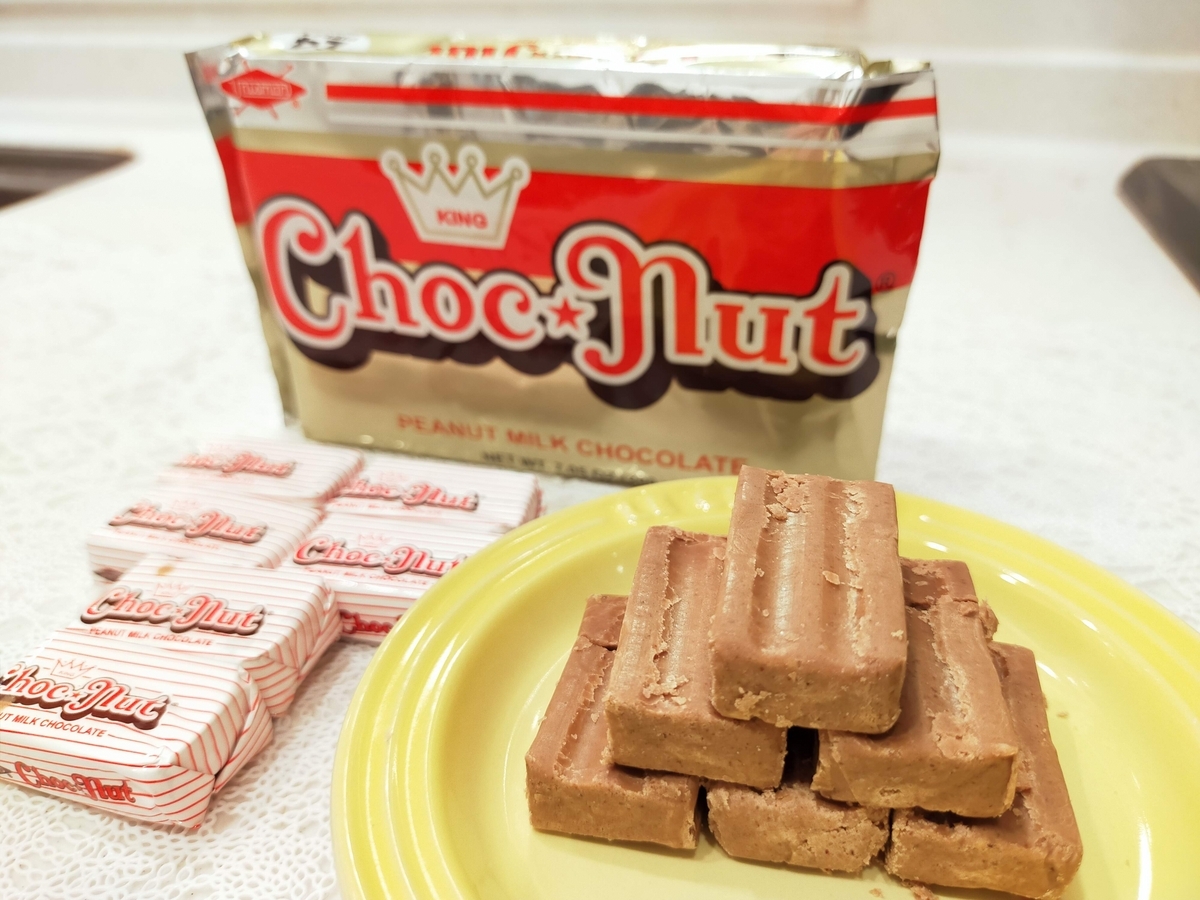
Delightful textures of chocolate, peanuts and vanilla give a powdery feel and interesting mouthfeel.
=スポンサーリンク=
Summary
This report covers a 4-day/3-night trip to Manila, Philippines. Although it is a place where there are warnings about security, I felt that it is not an overly scary place if you gather information beforehand. It is an Asian metropolis worth visiting, with historical and modern sights, and a marketplace with a hot atmosphere. I hope this report will be useful to you.
Finally, I would like to appreciate the Filipino people for their warm welcome to us travellers. I would also like to express my sincere thanks to my friends who supported us on our trip. Thank you very much!
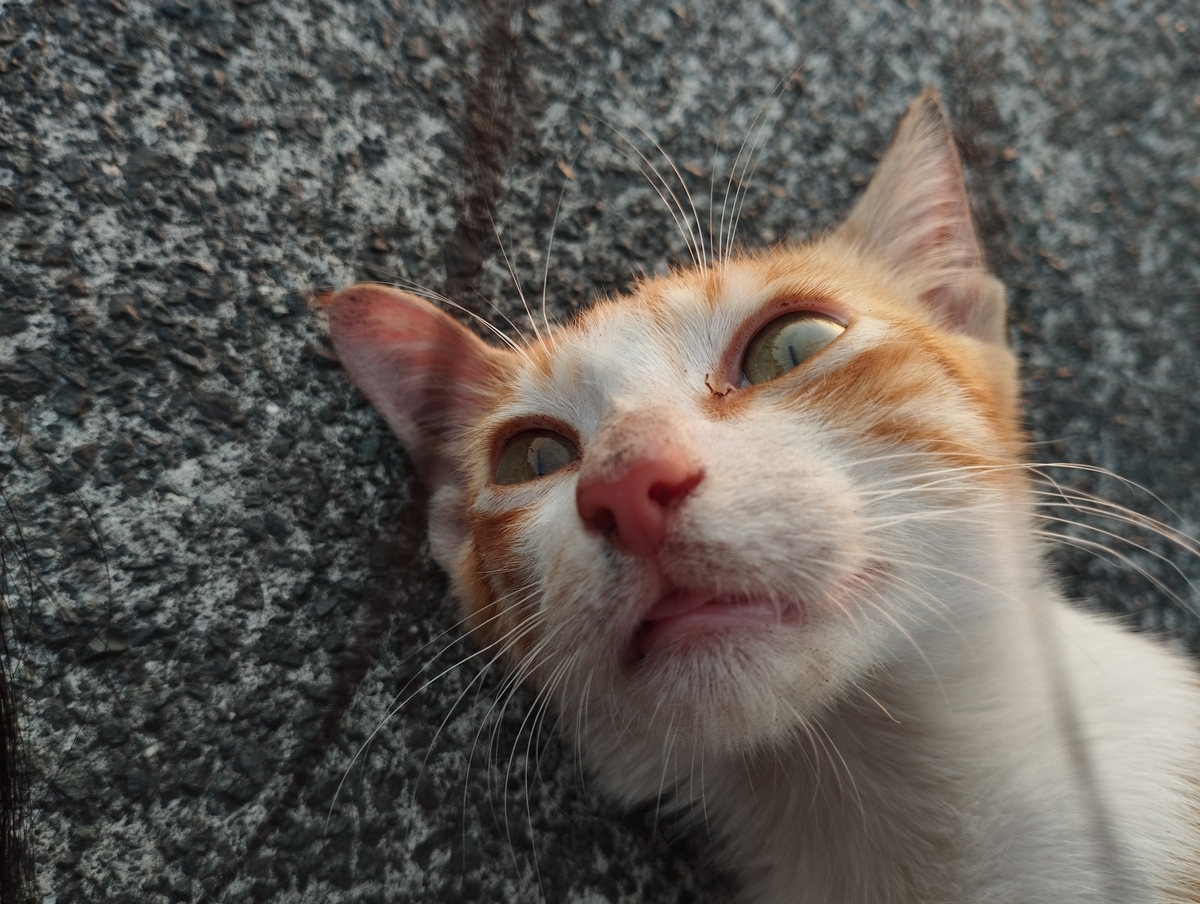
Please refer to the article on Filipino food that can be made if you like.
-
How to make Filipino traditional food “Suman” and its Japanese arrangement!
-
Salad Chicken is a shortcut! How to make “Sopas”, a Filipino home-style dish. RECIPE
-
Filipino Cooking at Home! How to make “KareKare” (Mama Sita’s Kare-Kare Mix/Recipe)
- How to make Filipino Pork Adobo with “Adobo powder” (Instructions, Recipe, Mama Sita’s Adobo Mix)
- Review『Philippine Coconut Vinegar “Suka Pinakurat”』 (Ratings)
- How to make Filipino “Sinigang” Soup with Japanese ingredients.
- How to make Filipino “Chicken Adobo” by using Japanese ingredients.

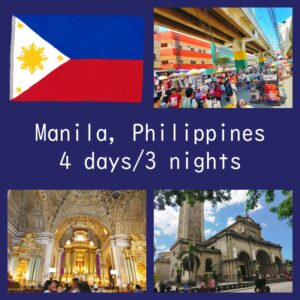
コメントお願いします(※は必須項目)